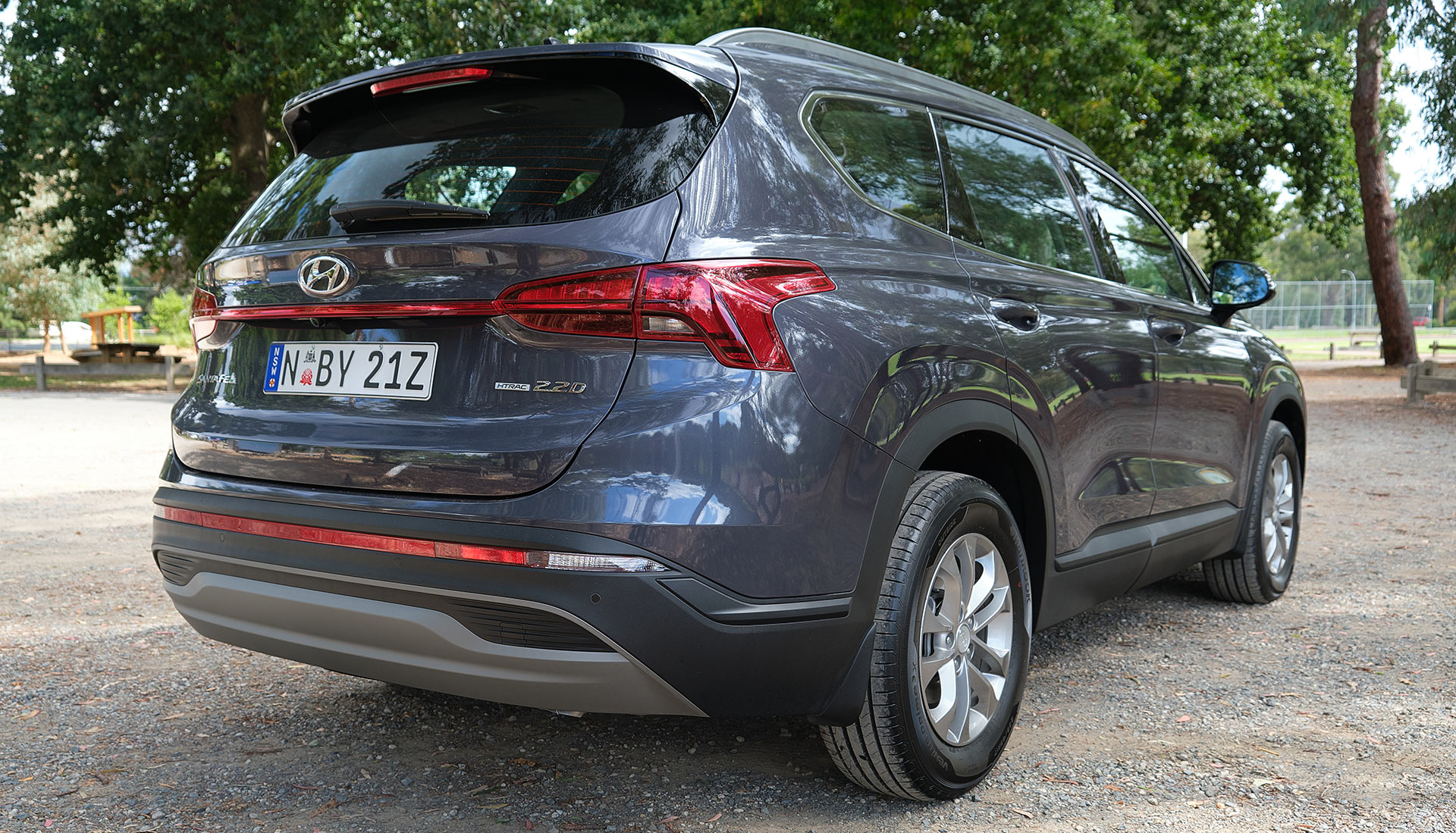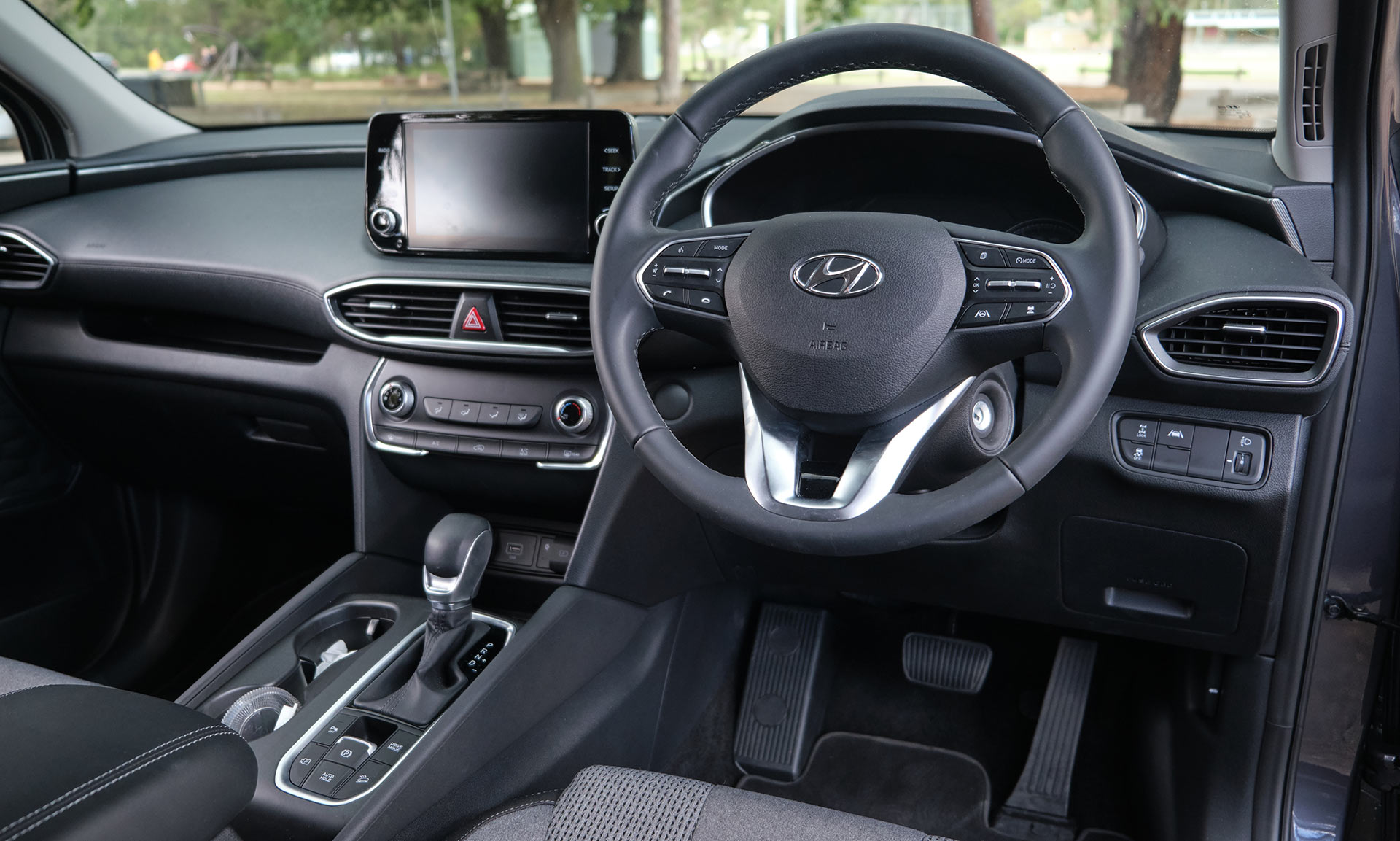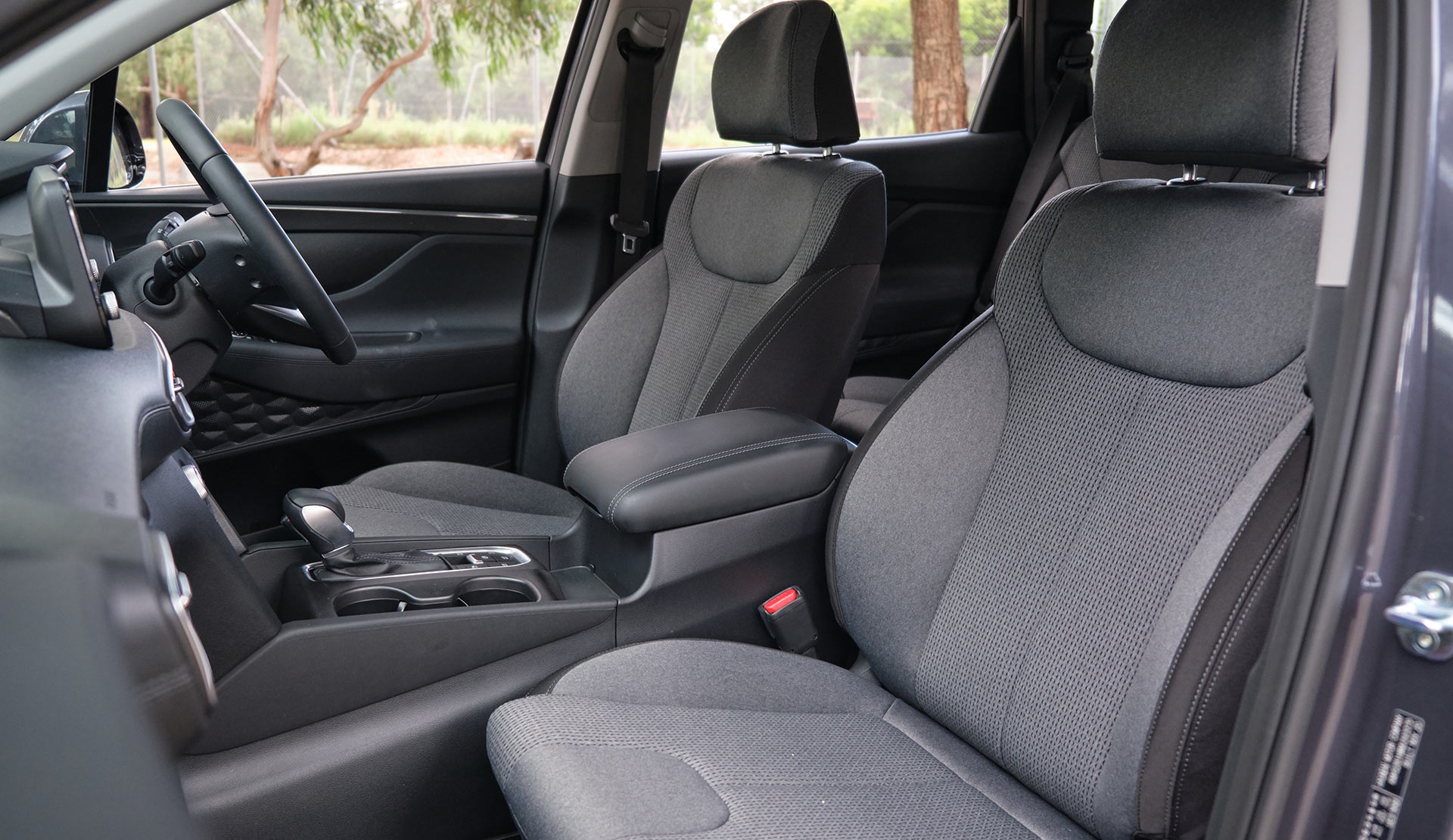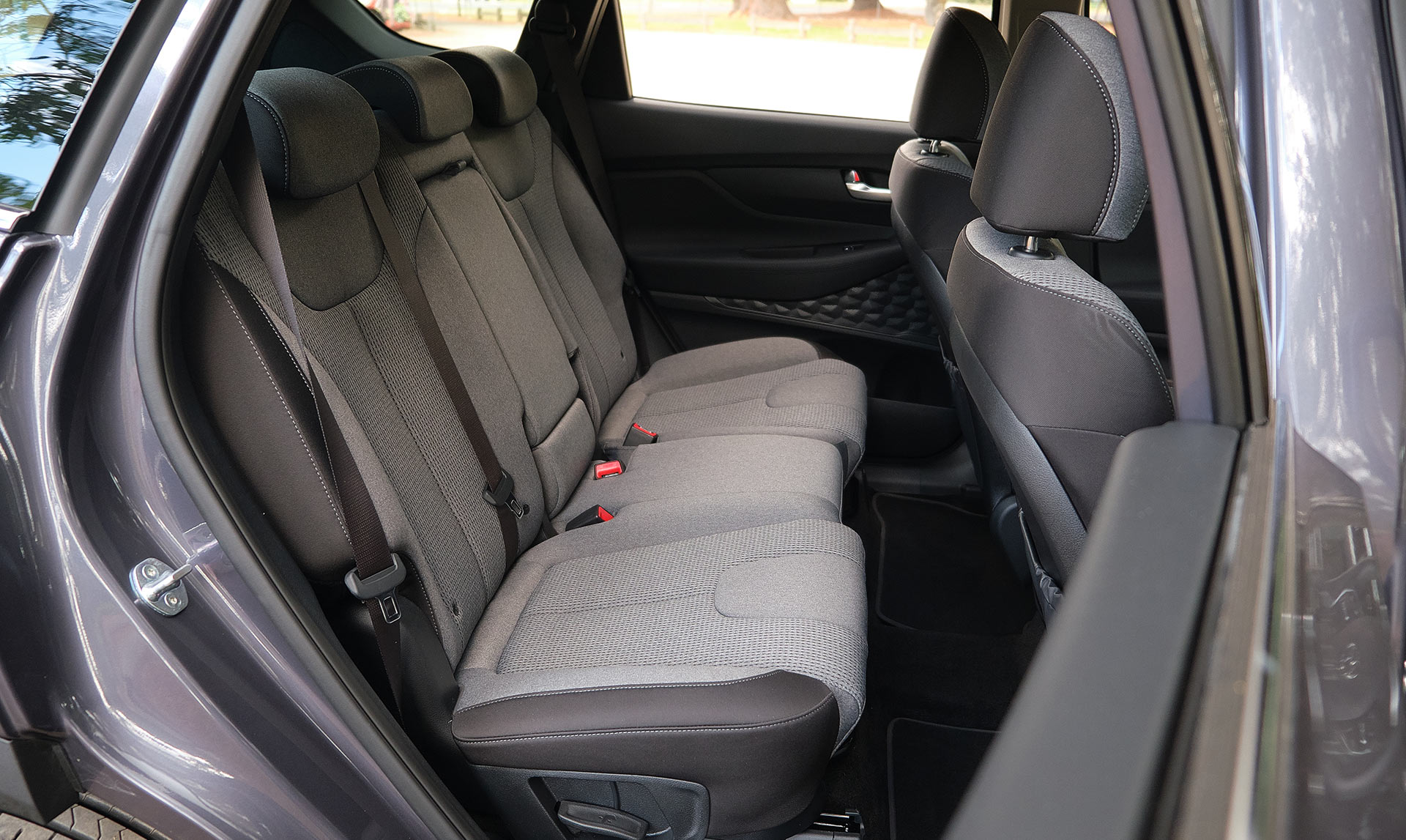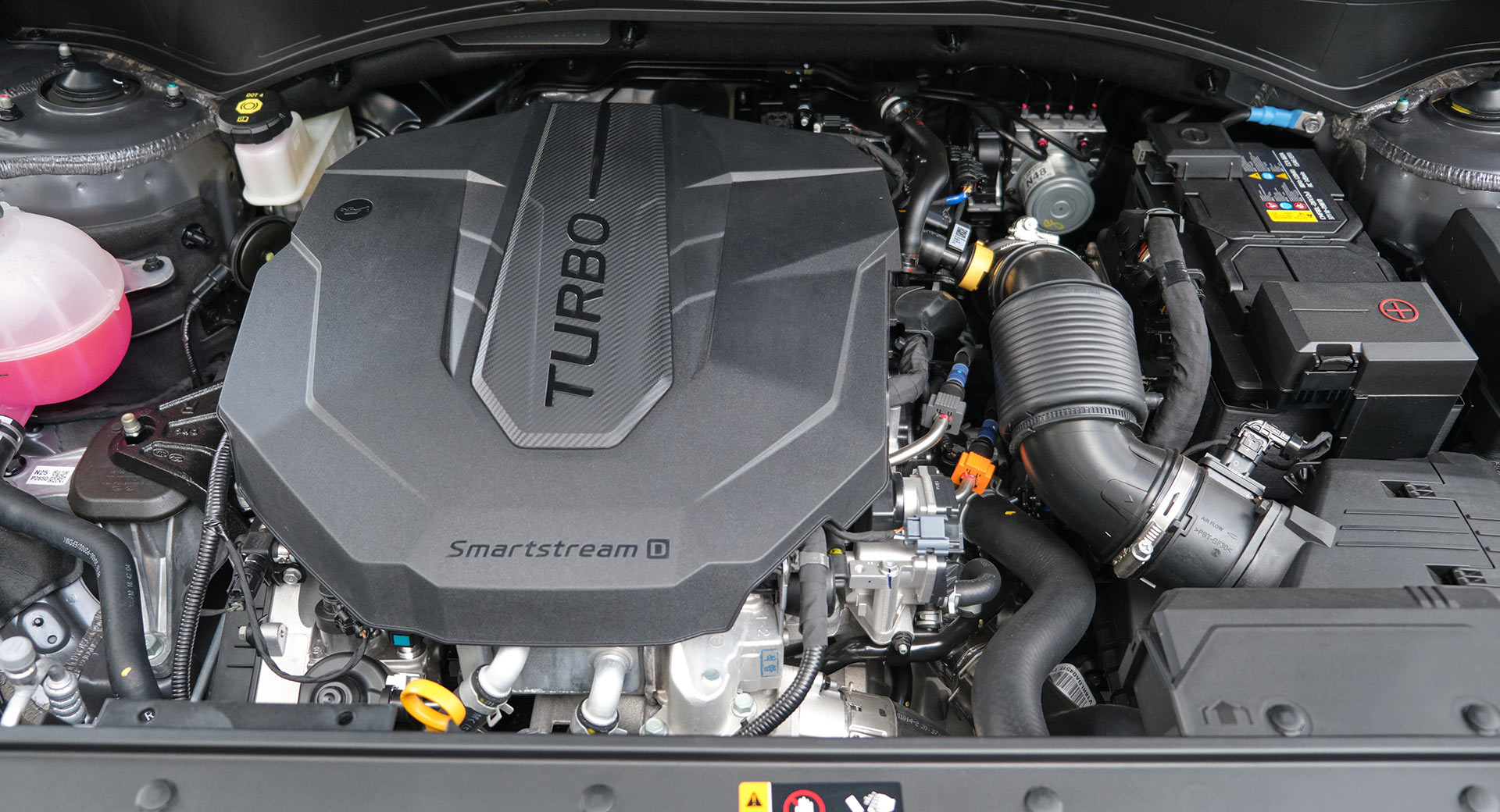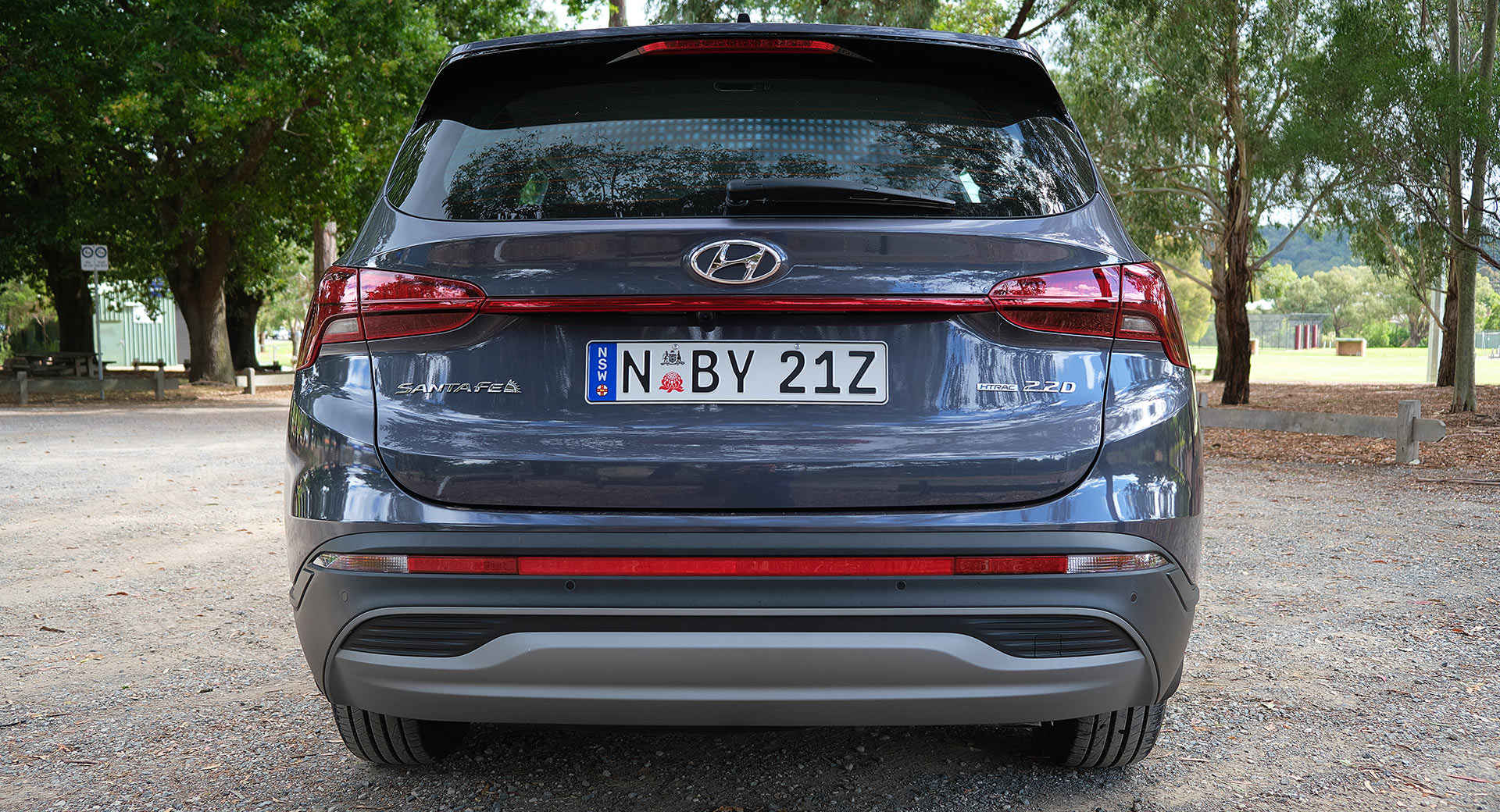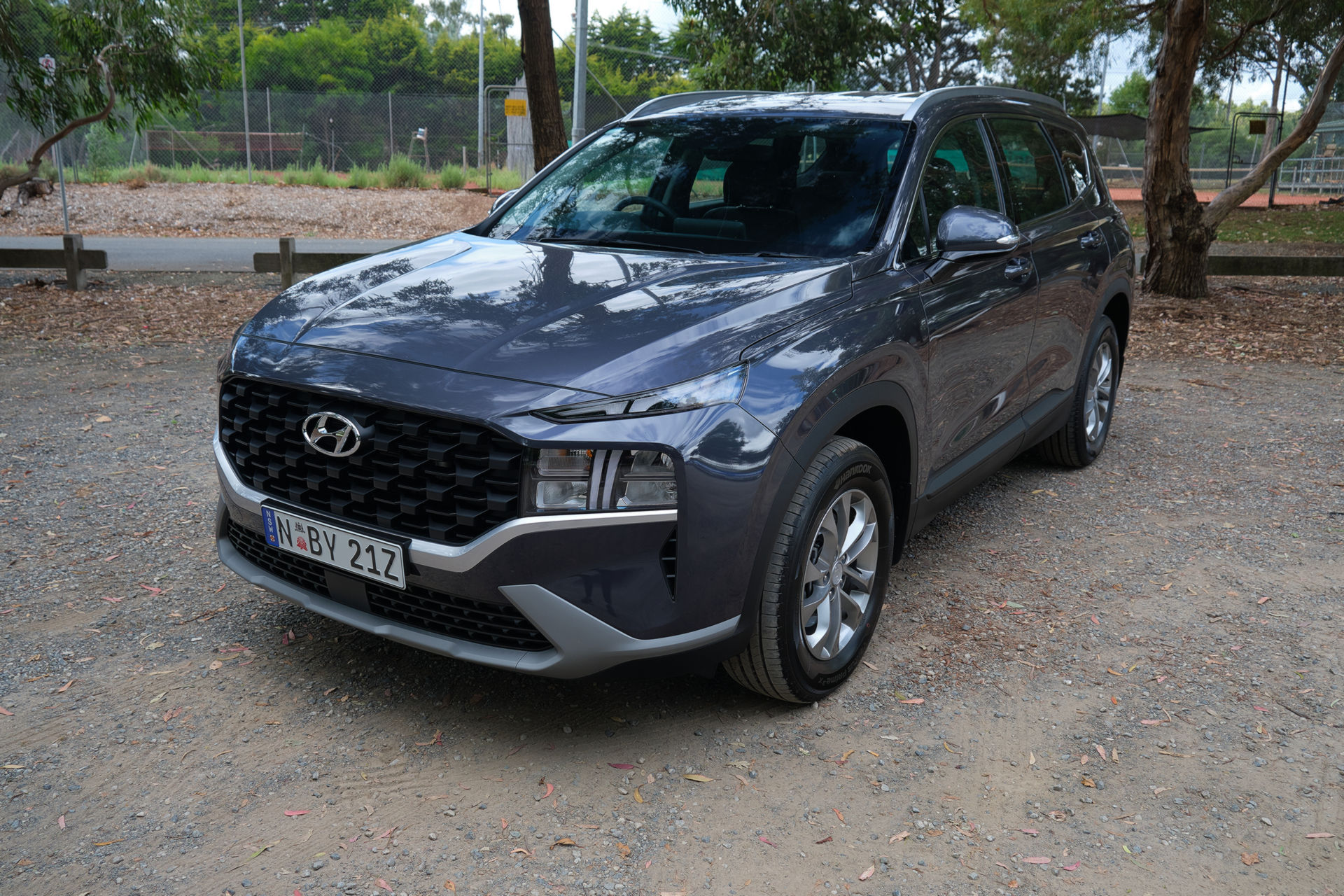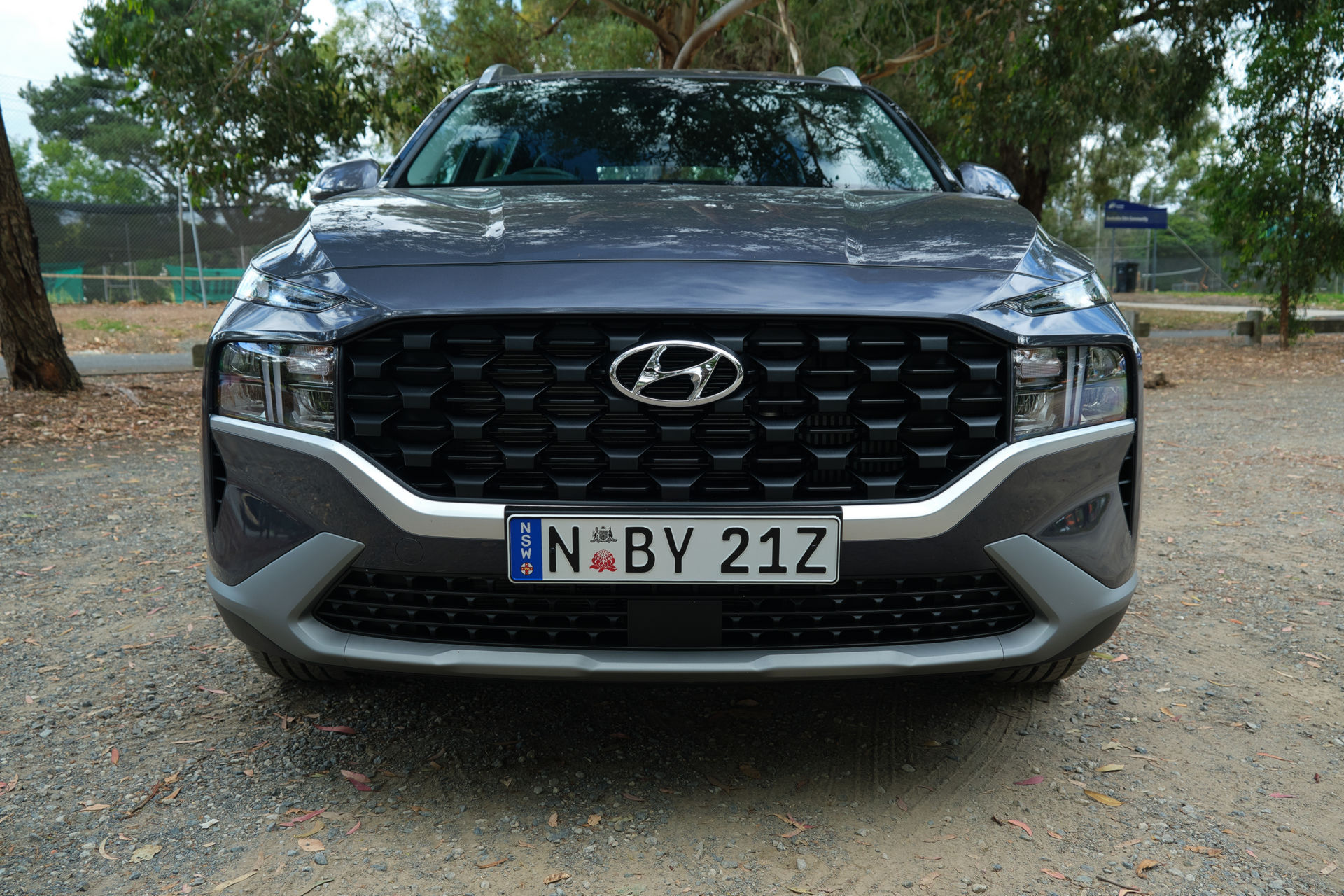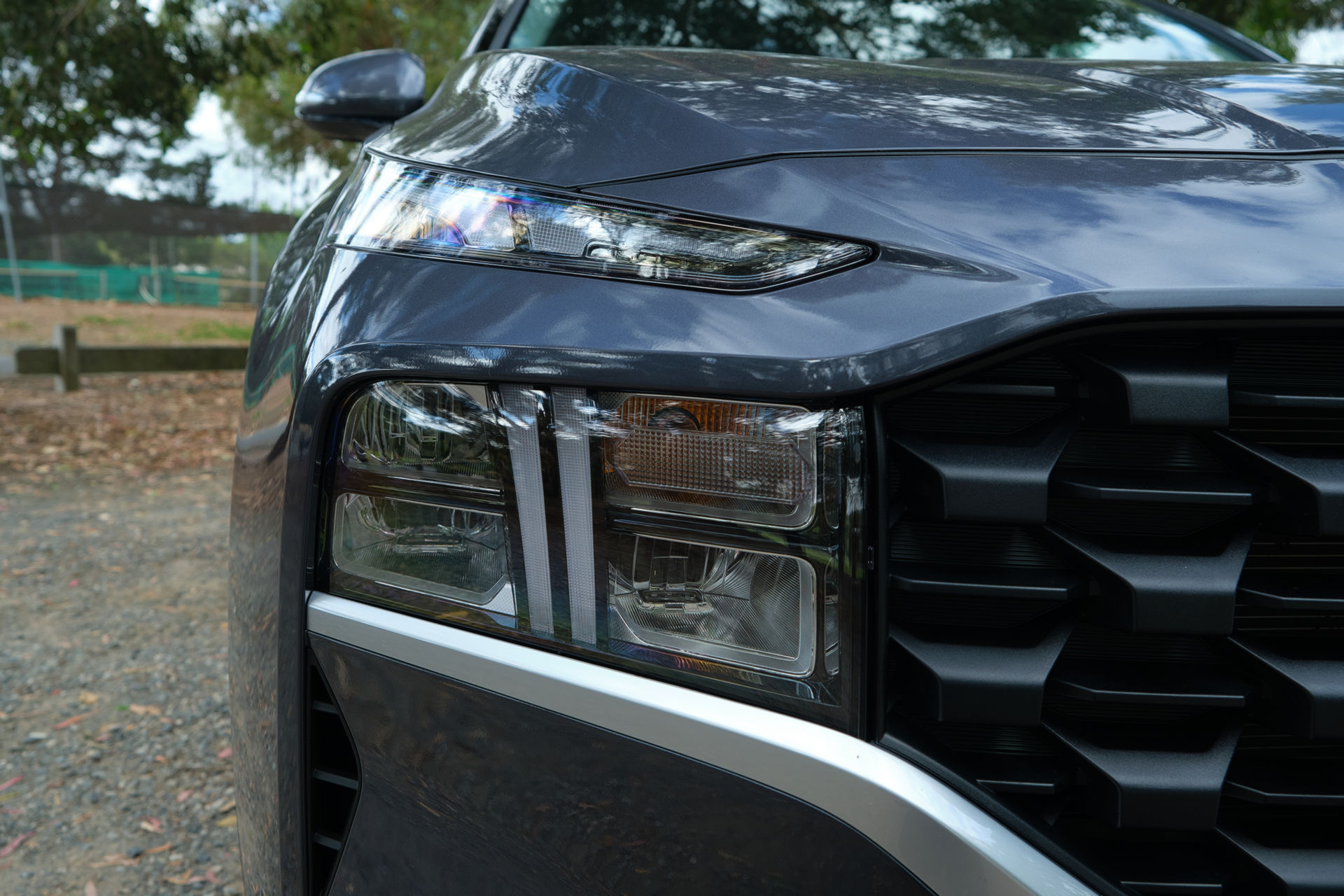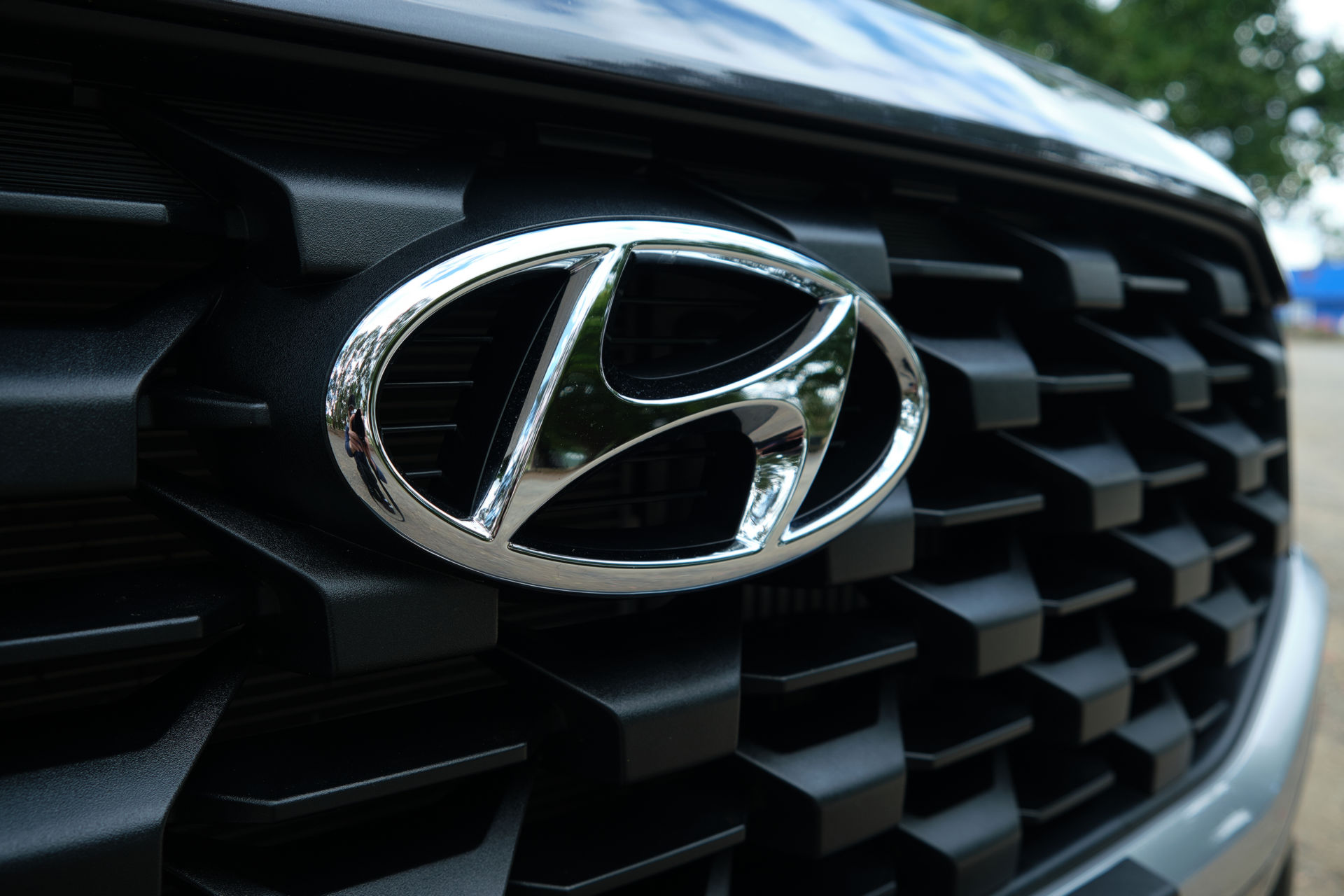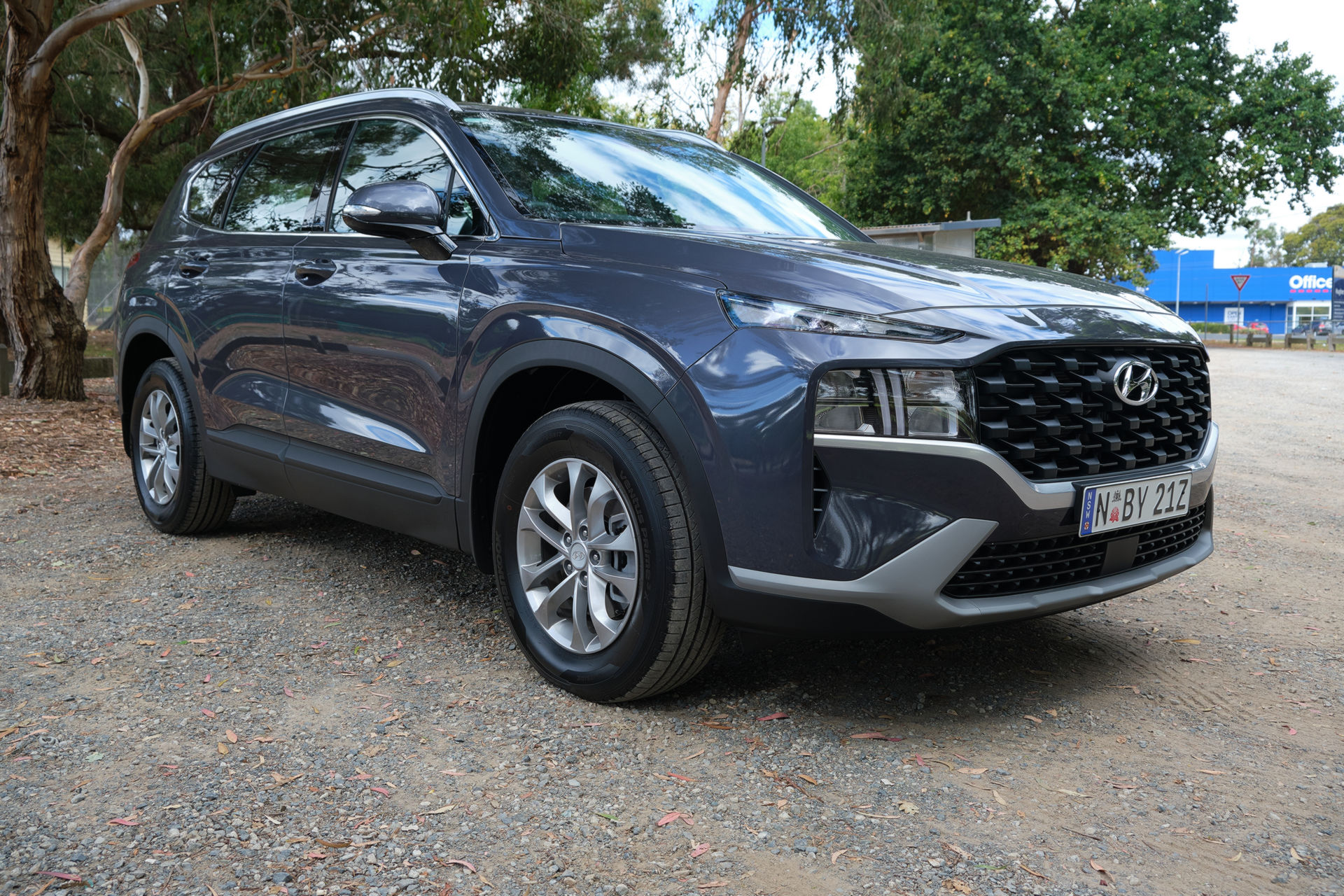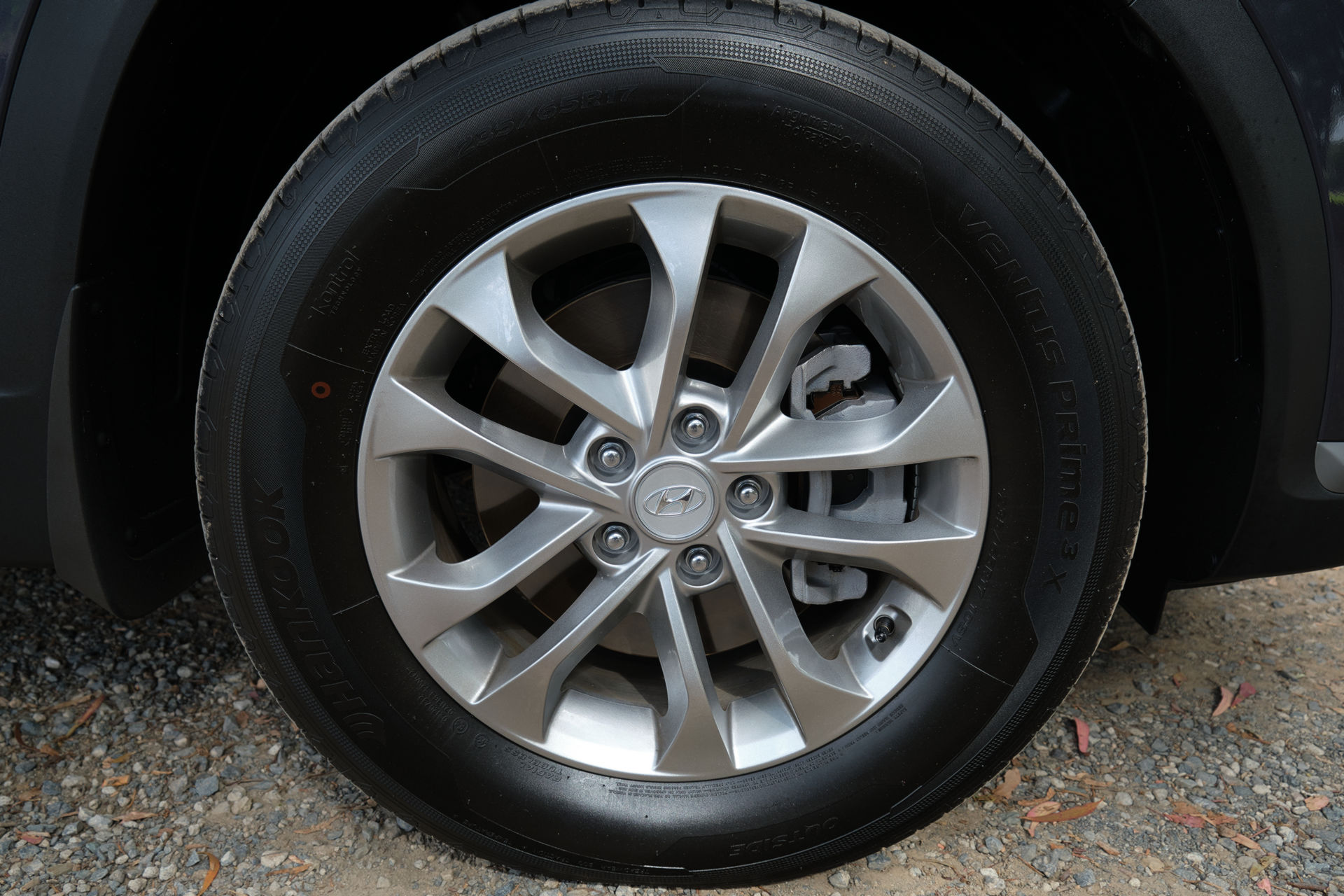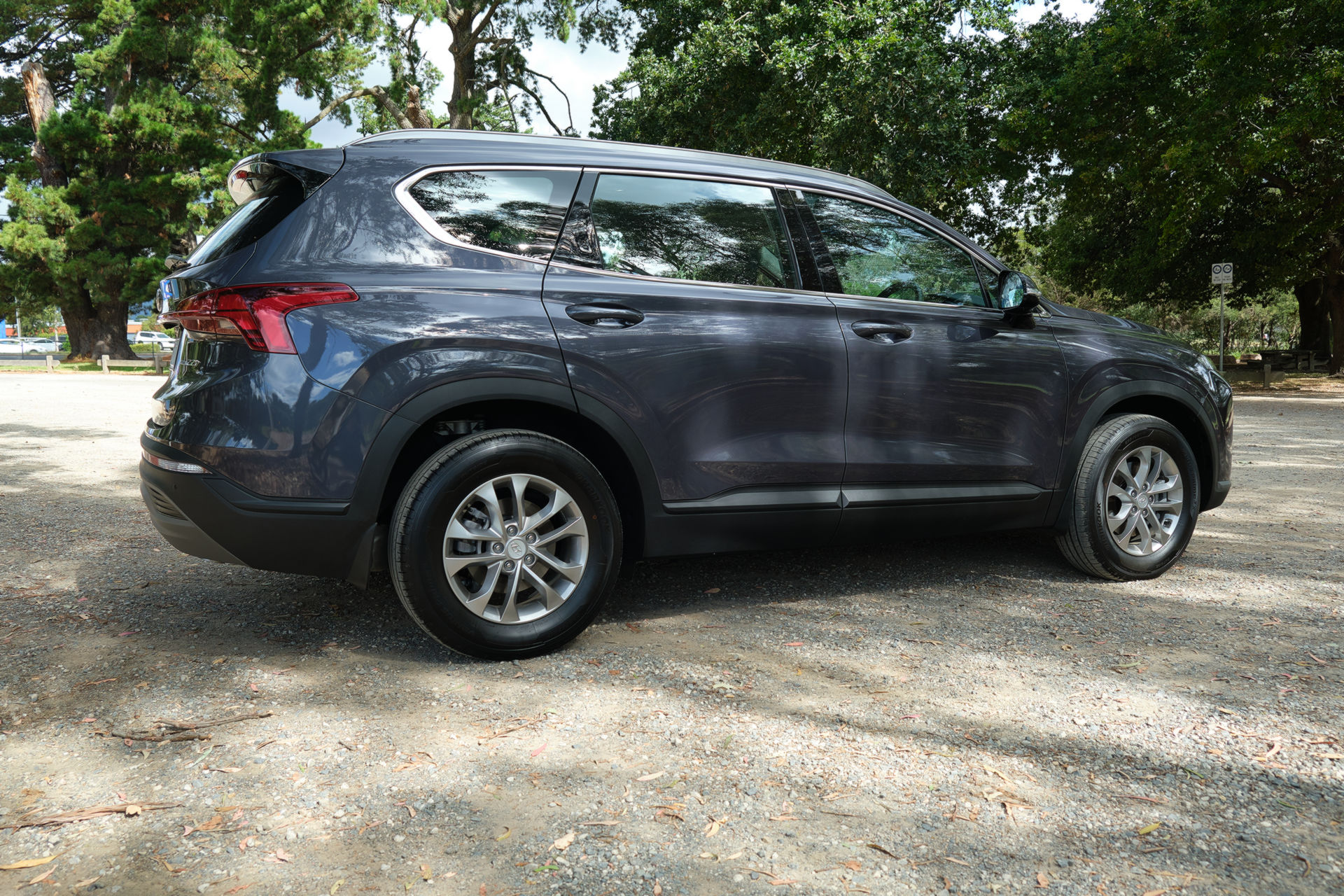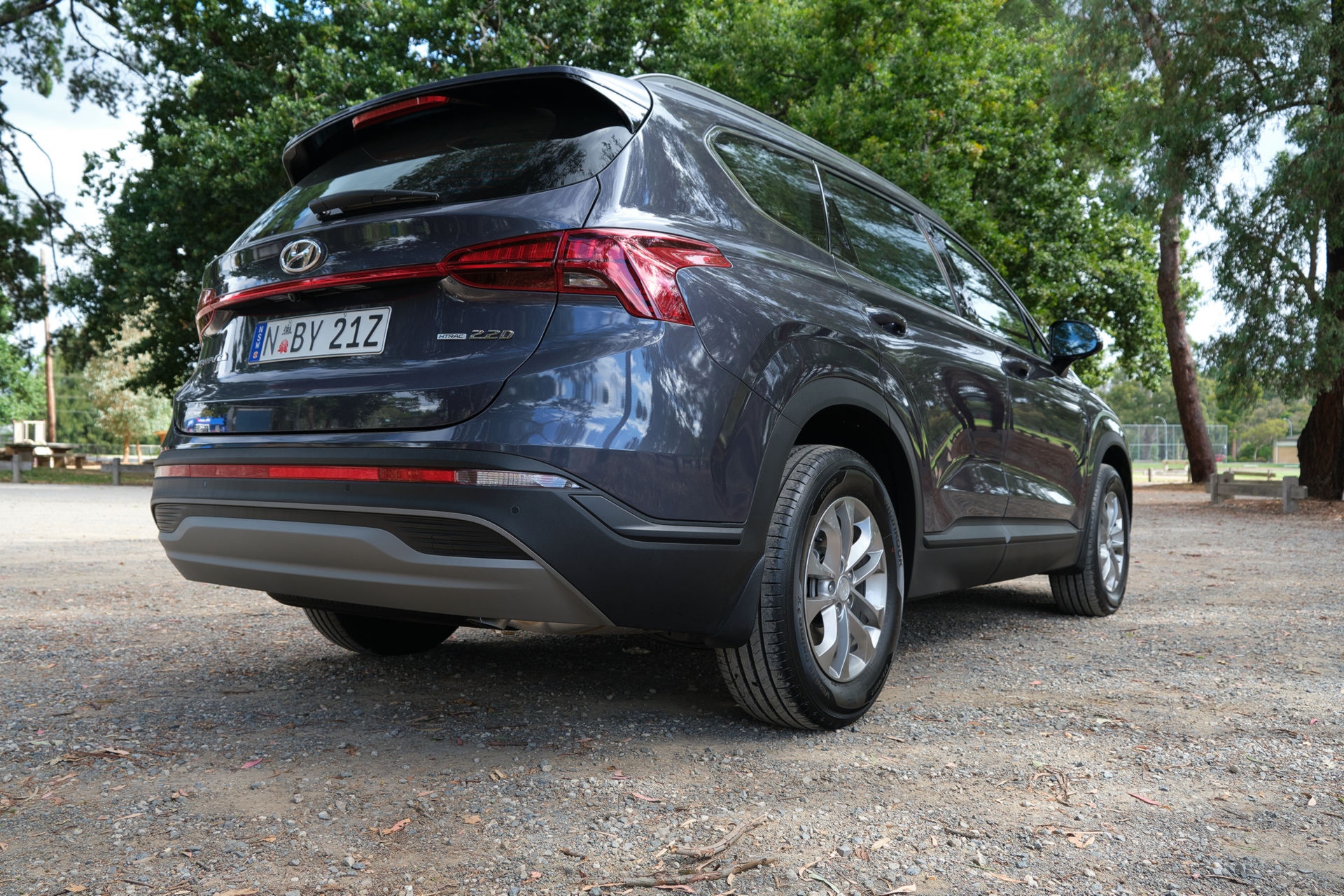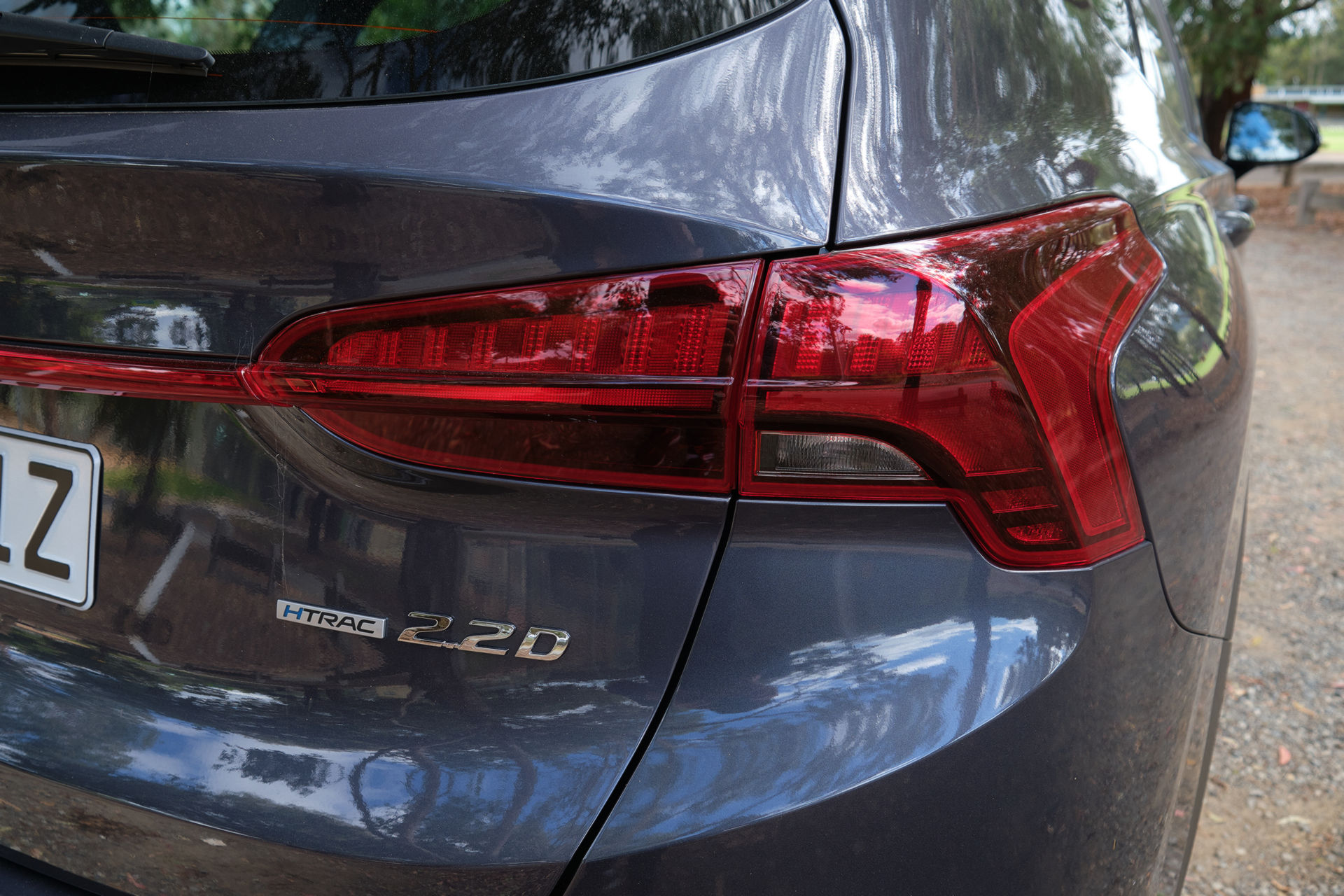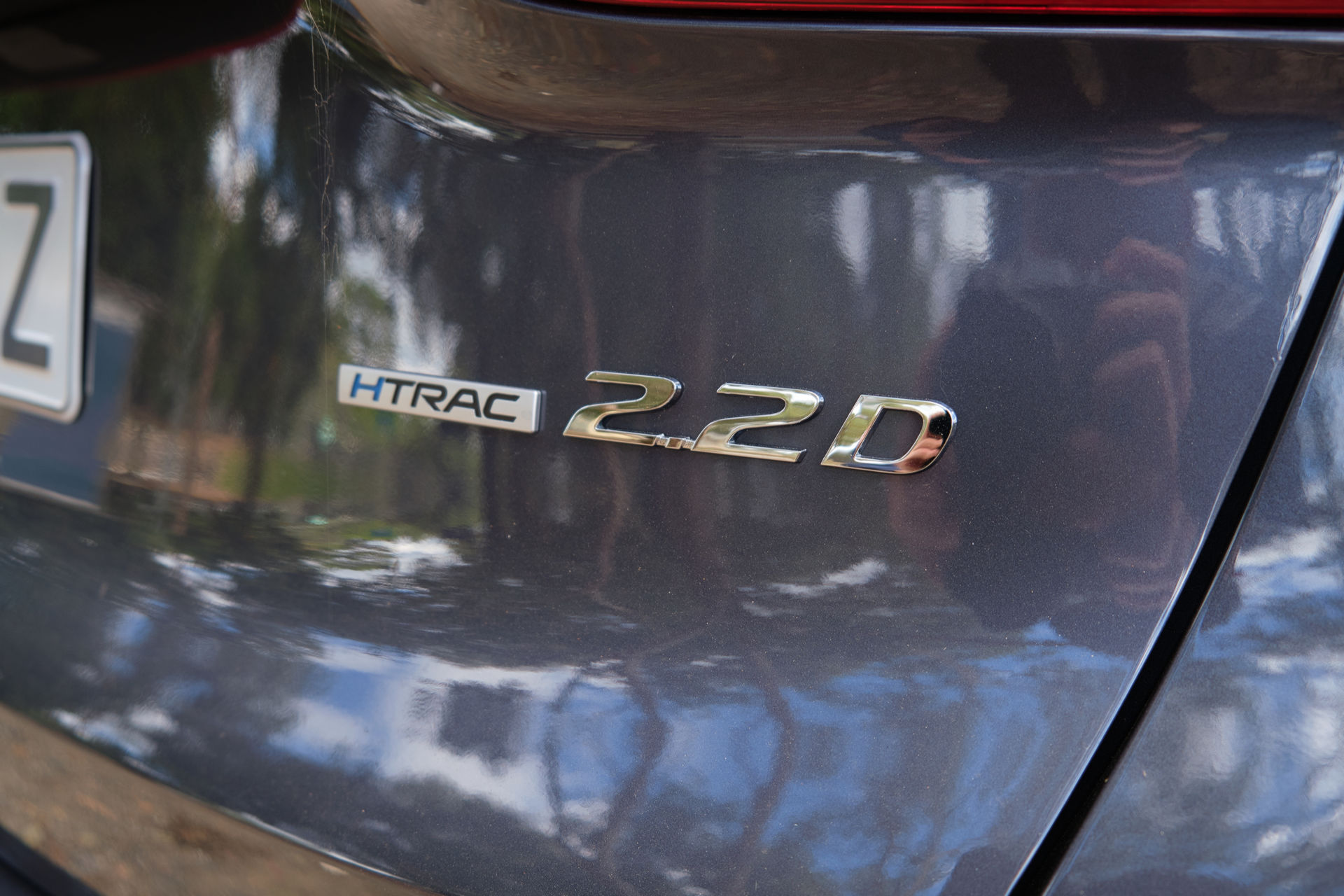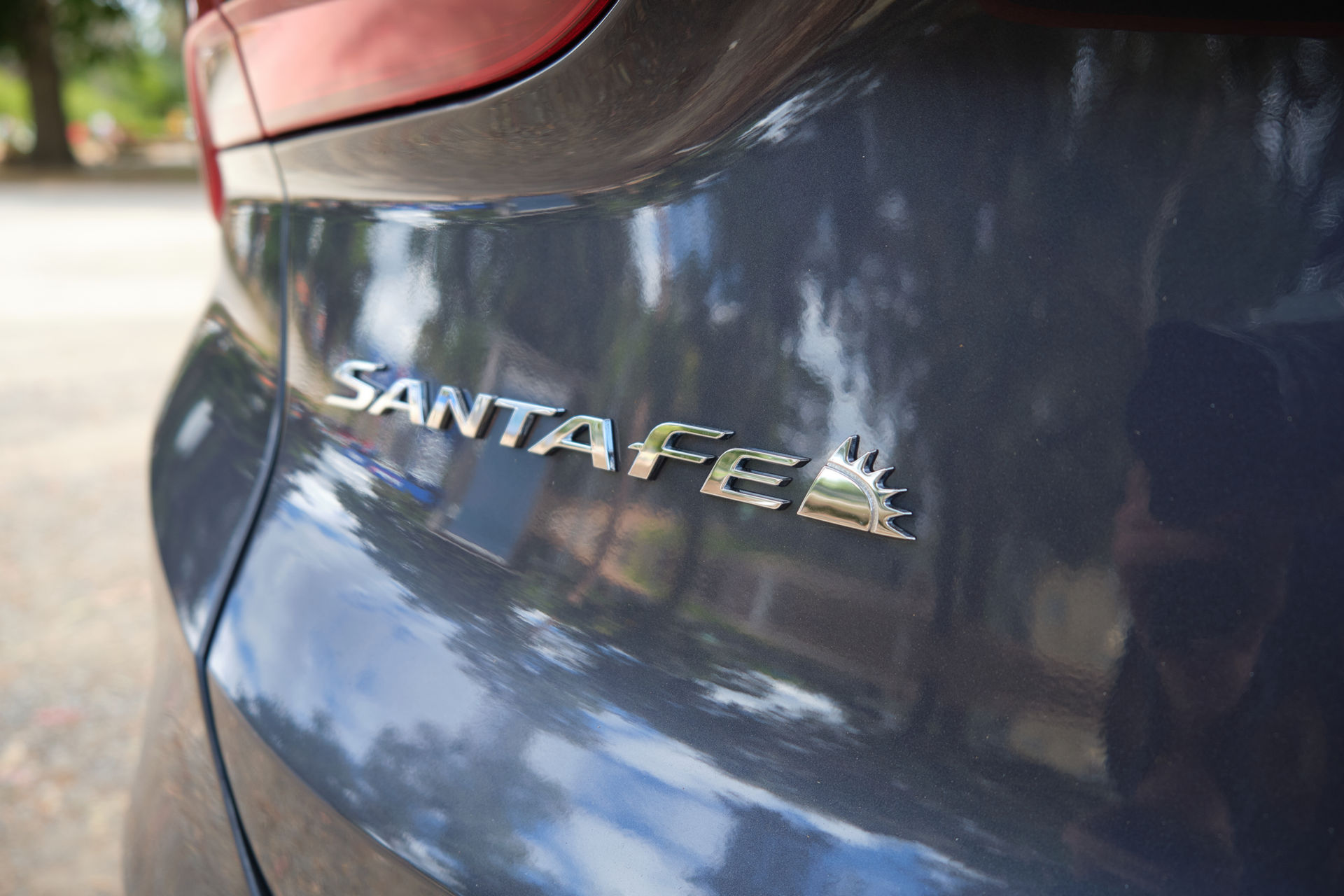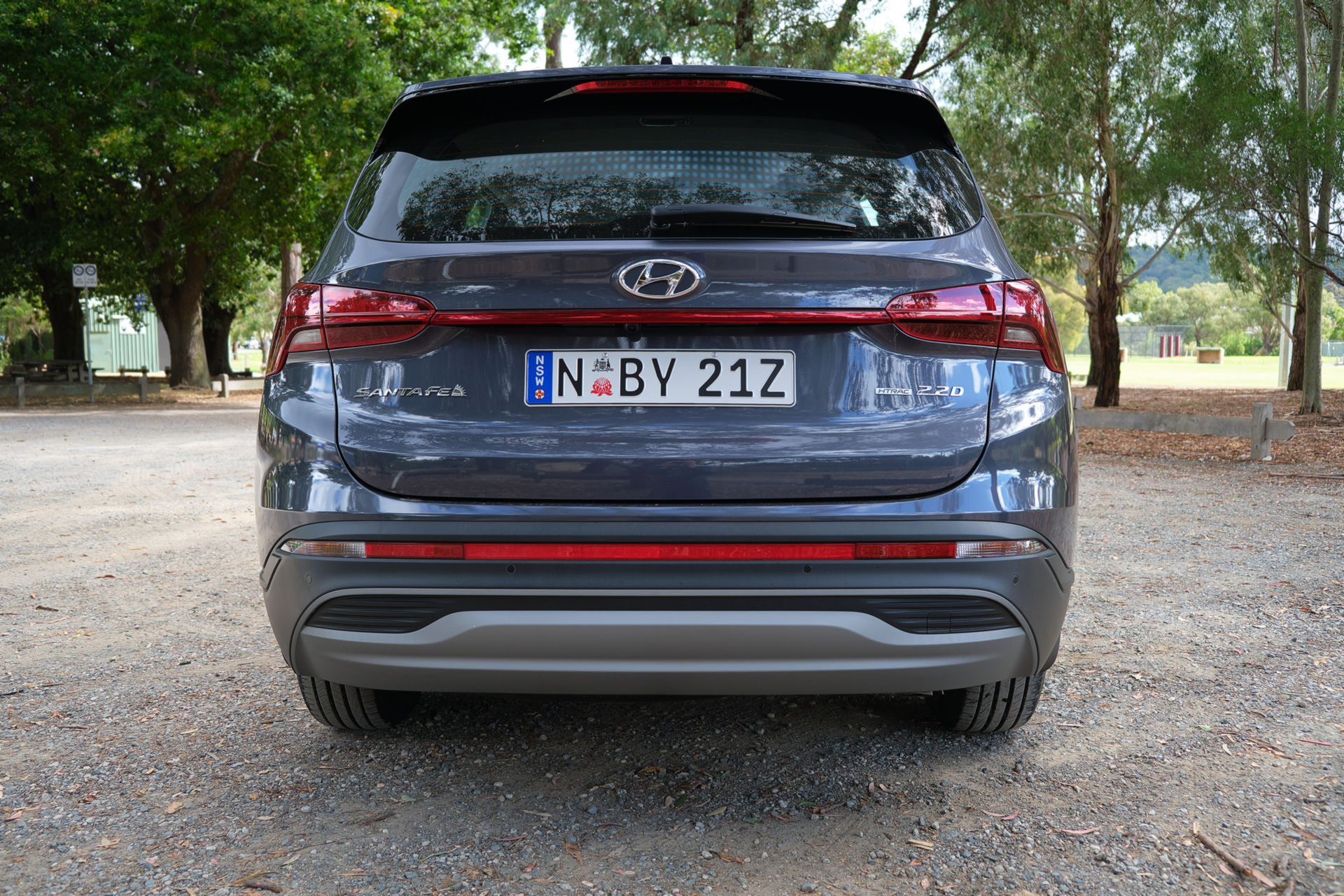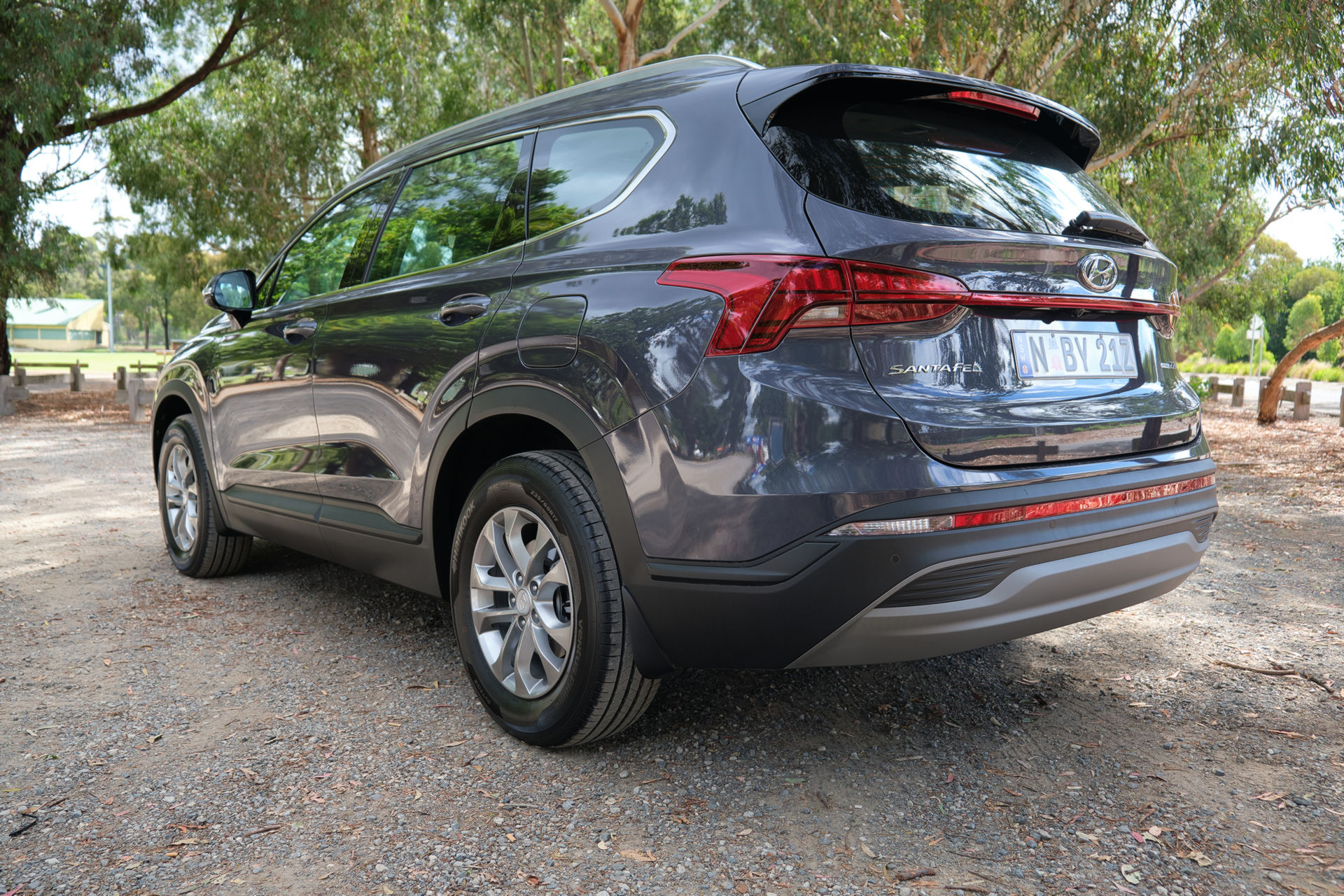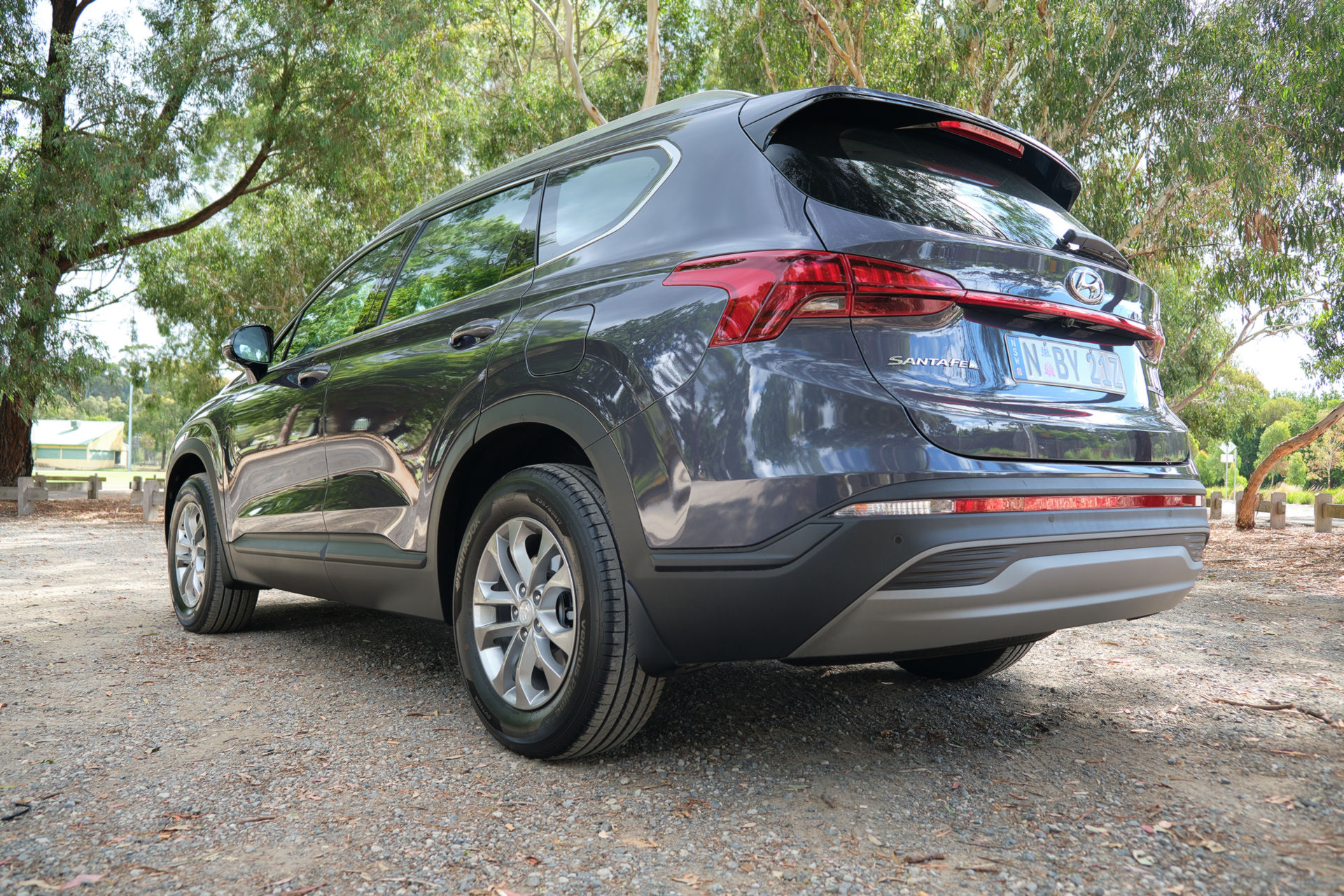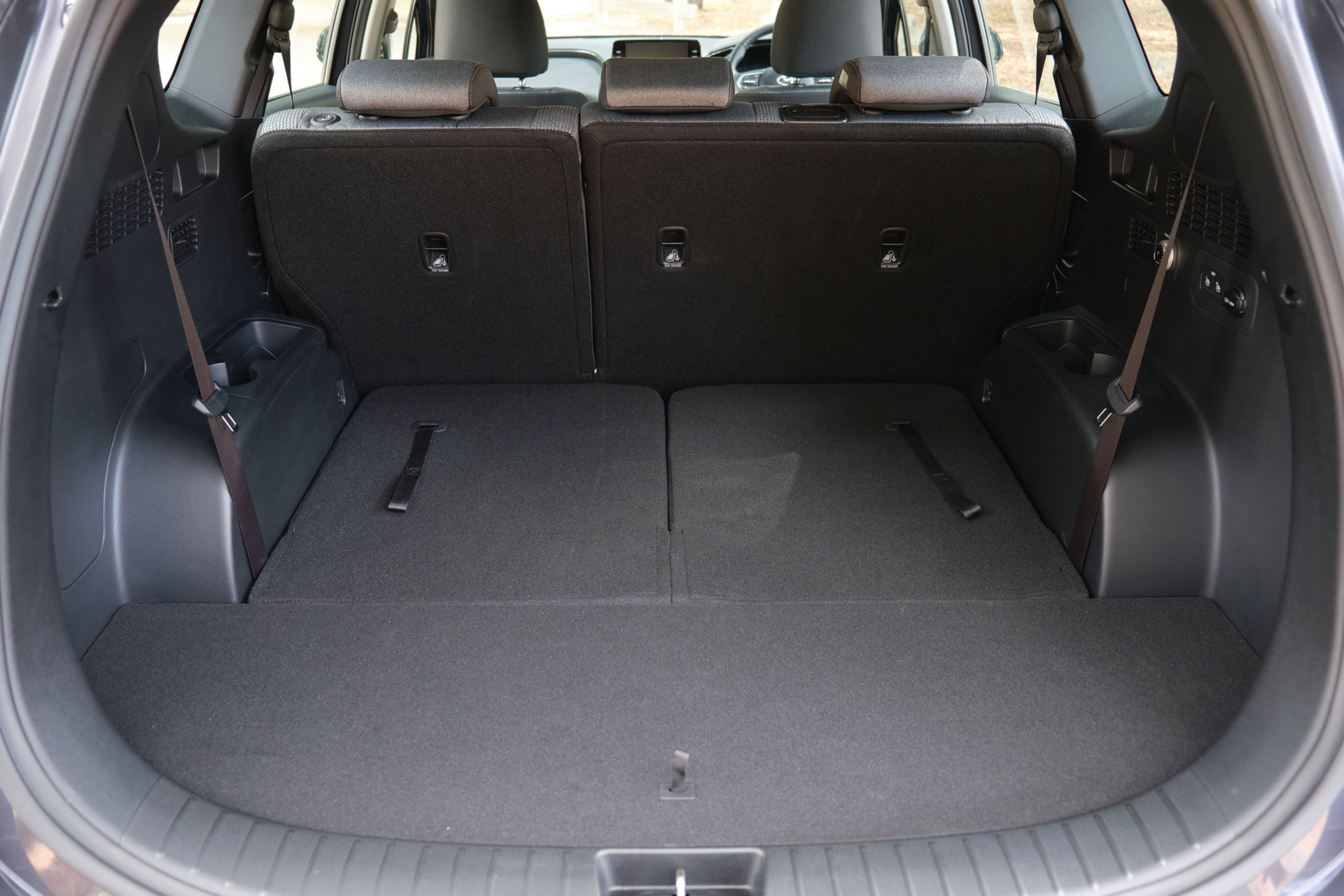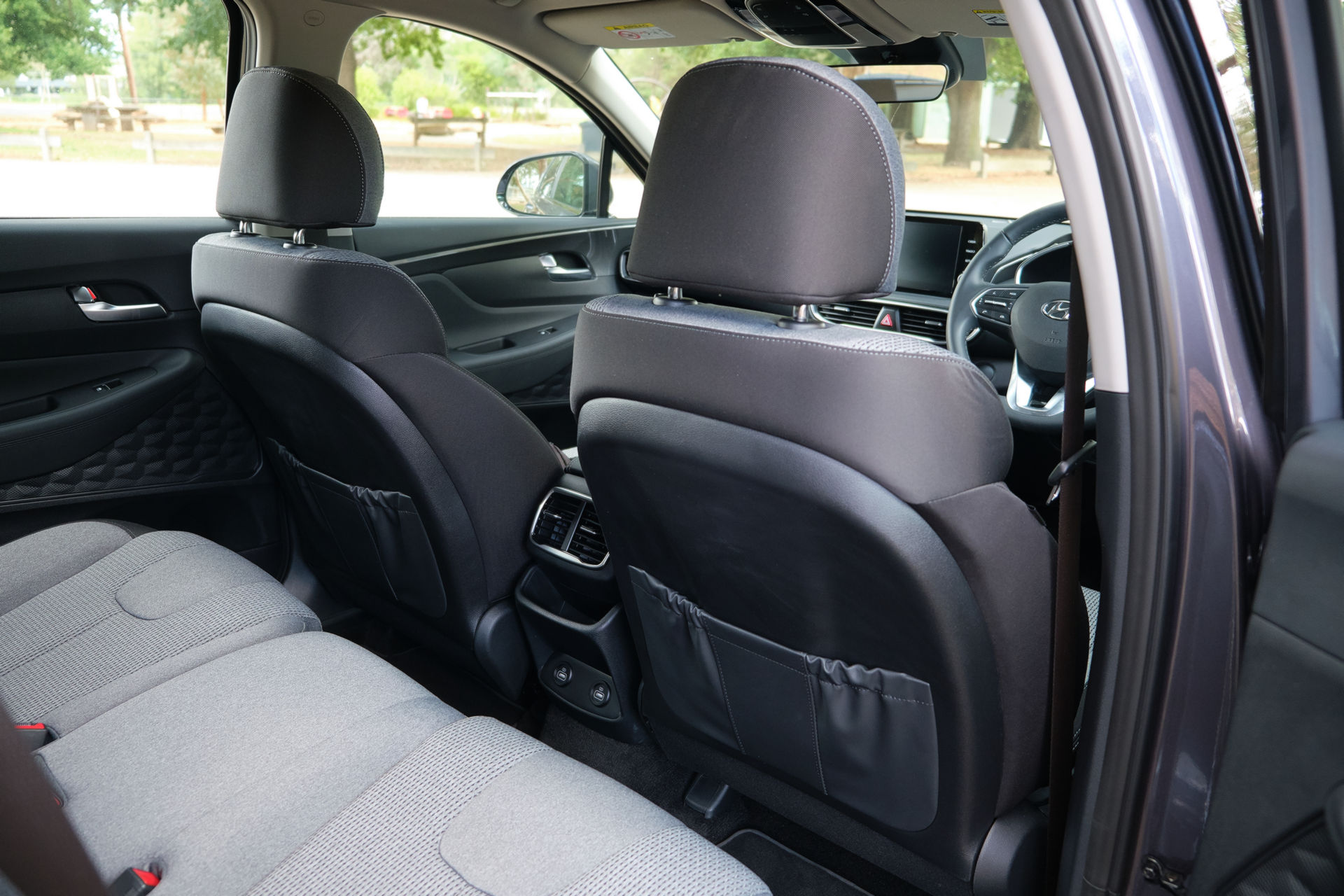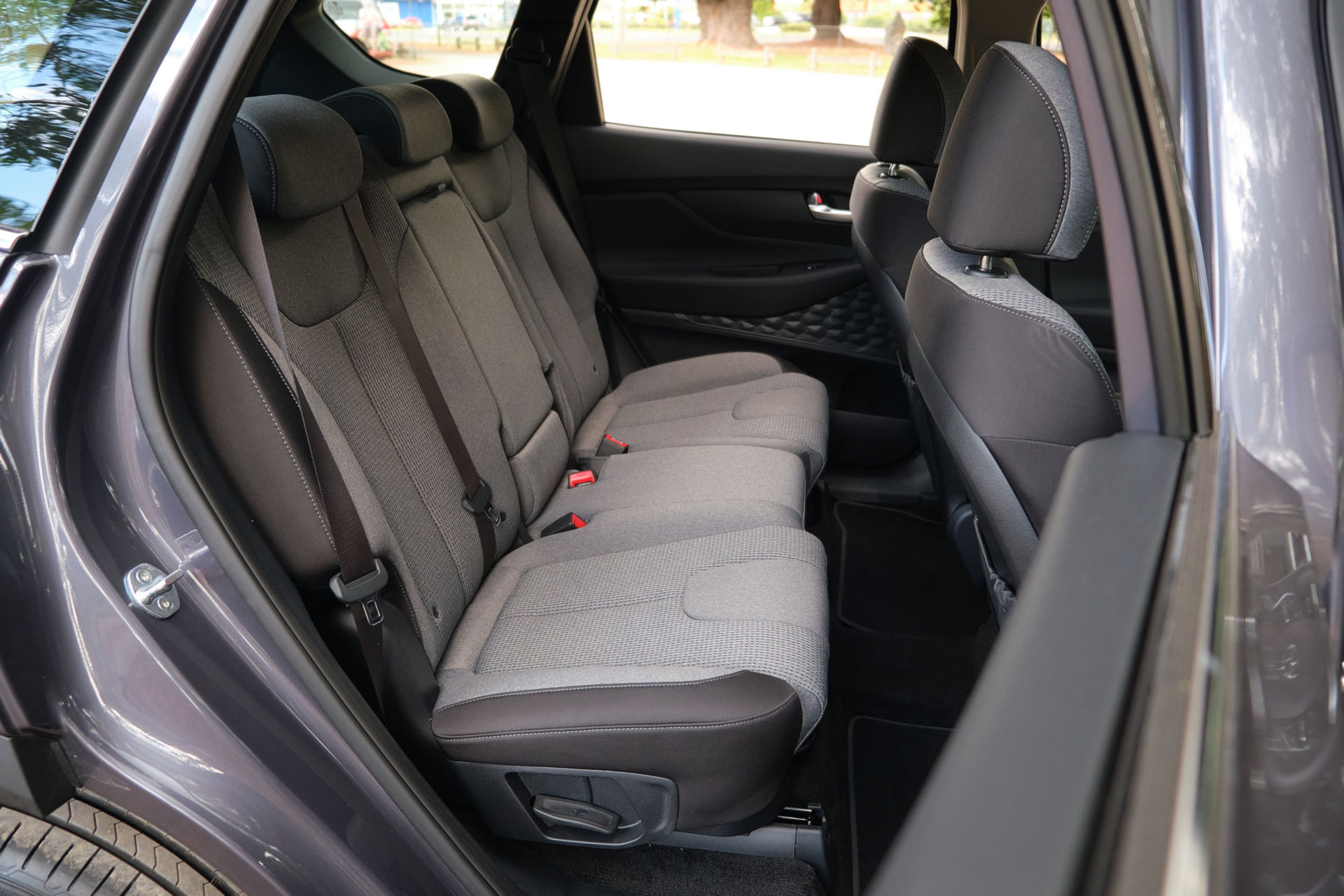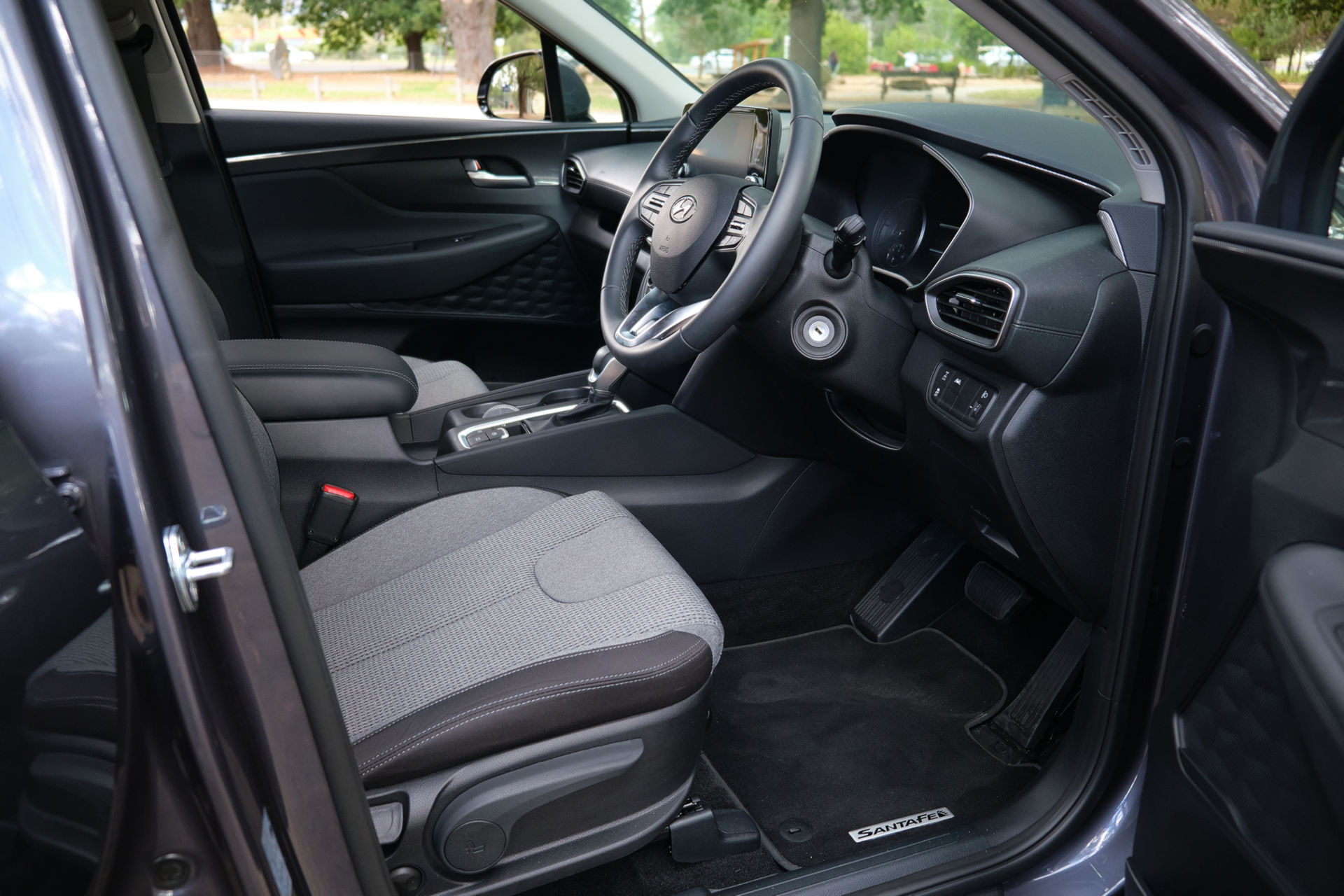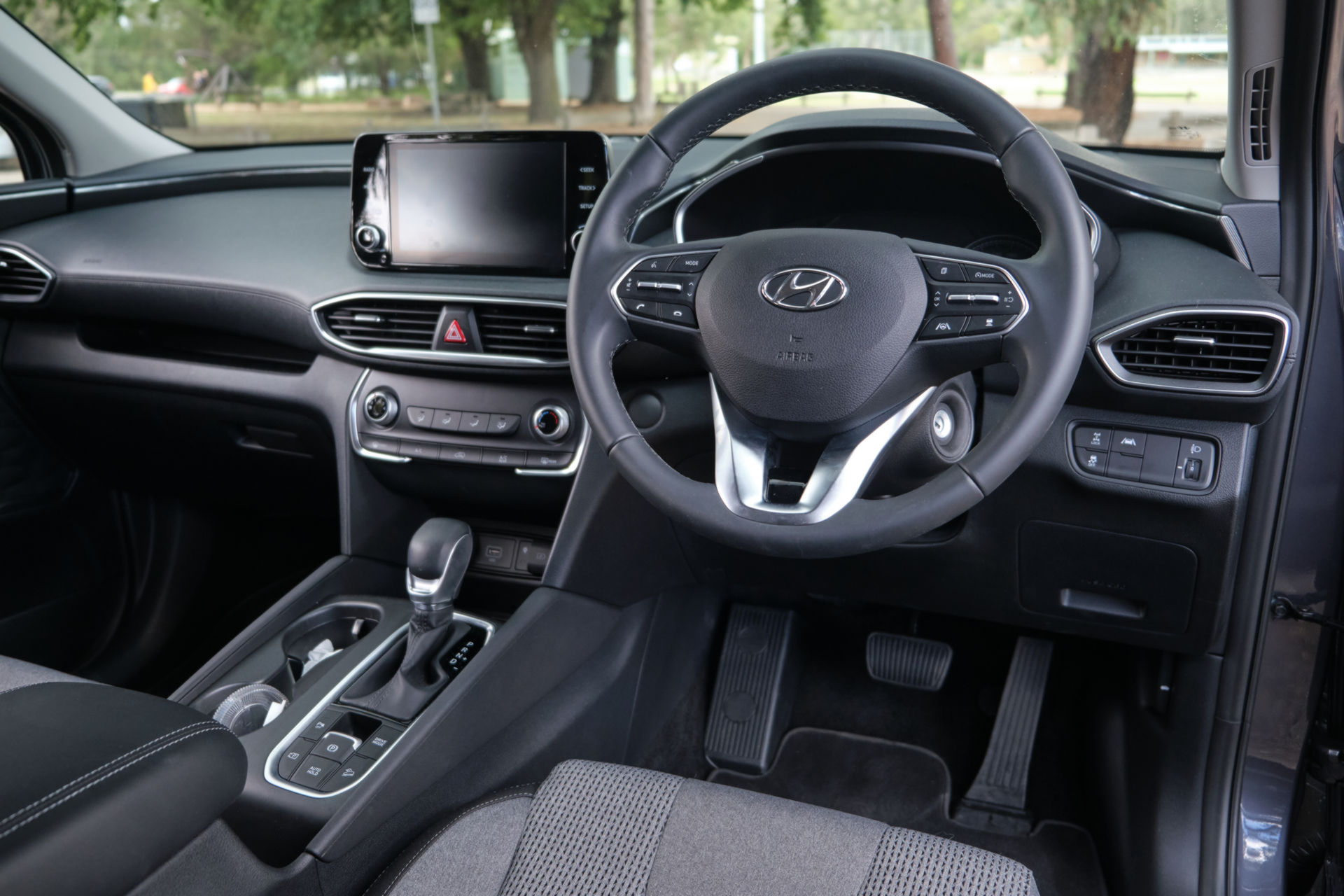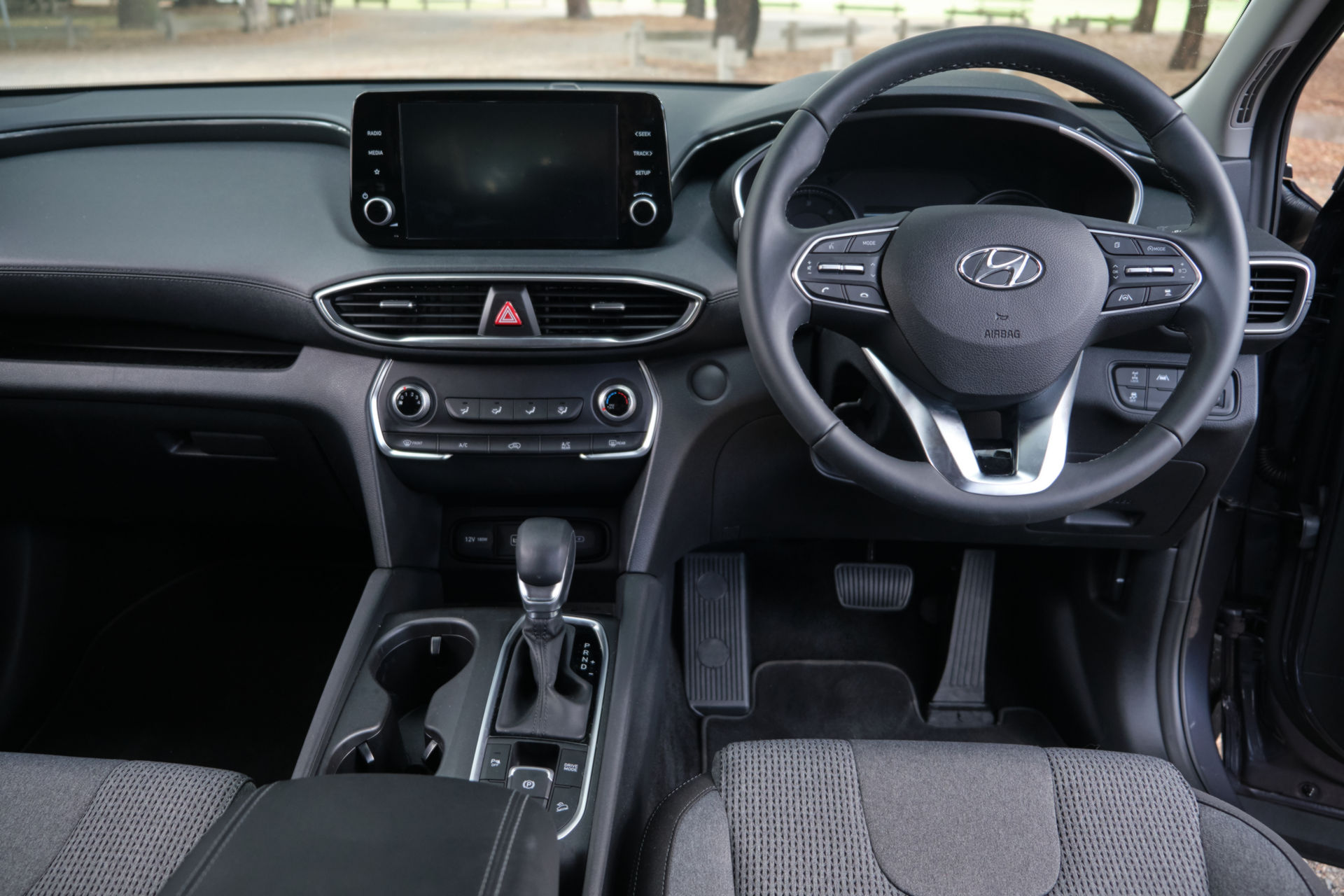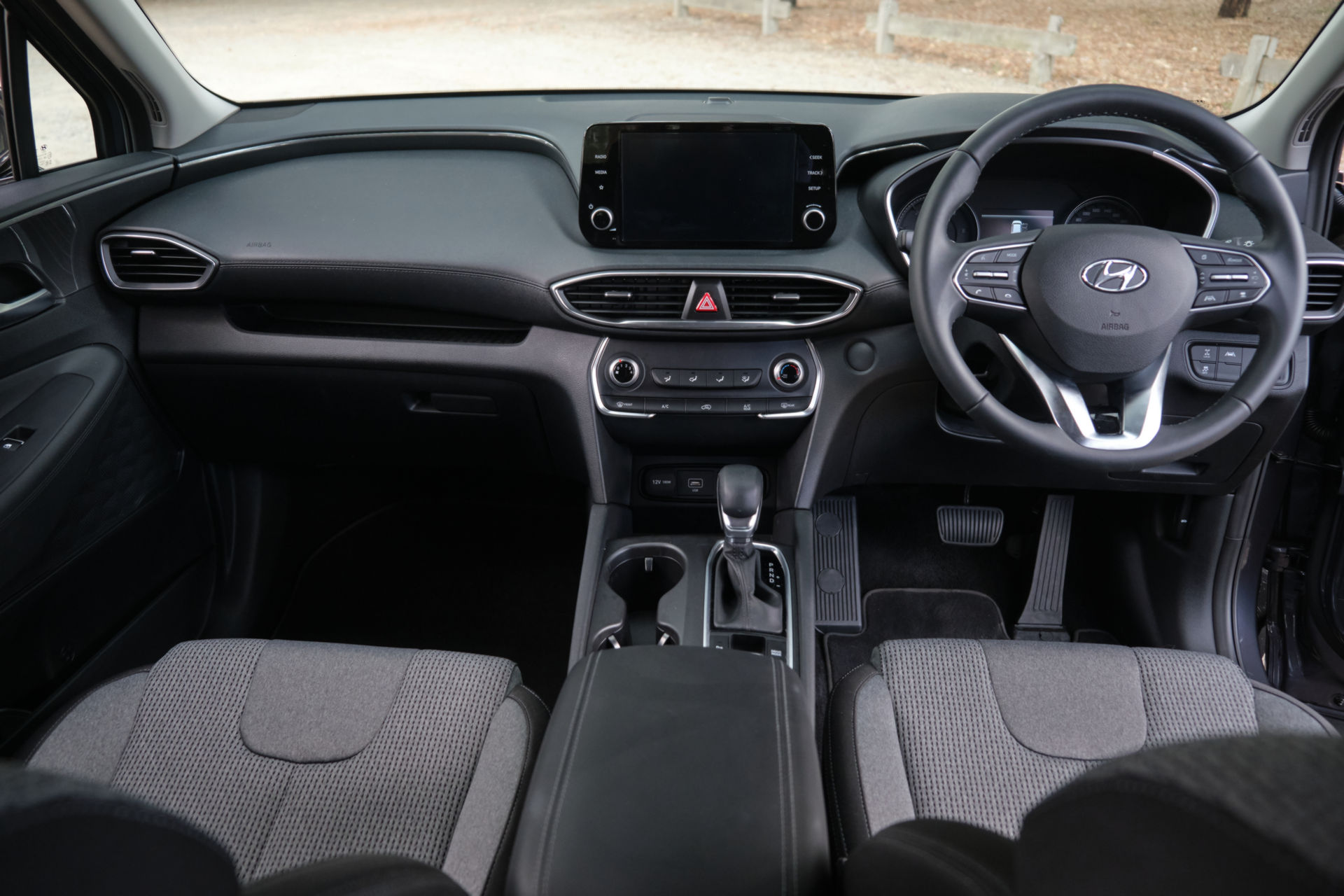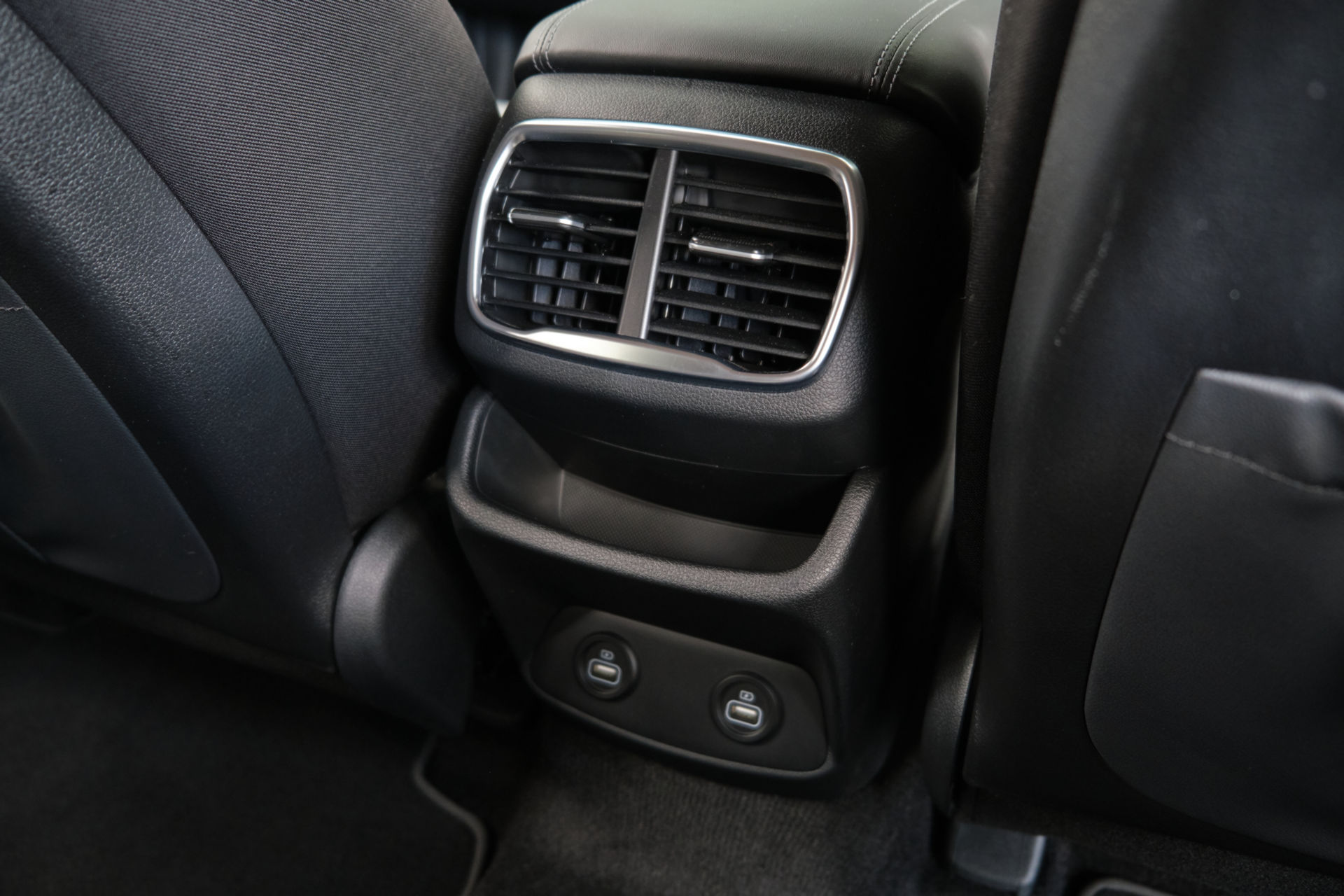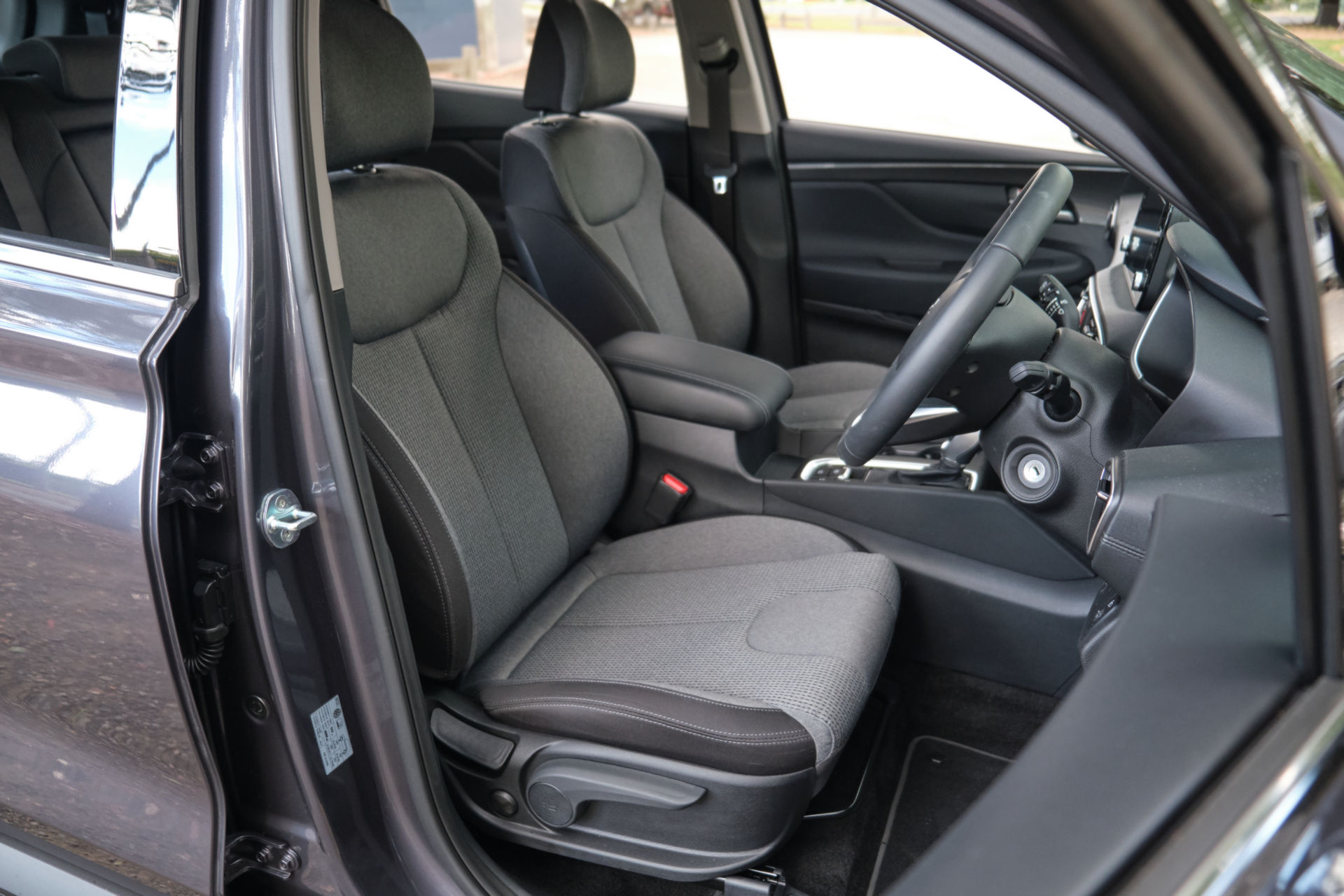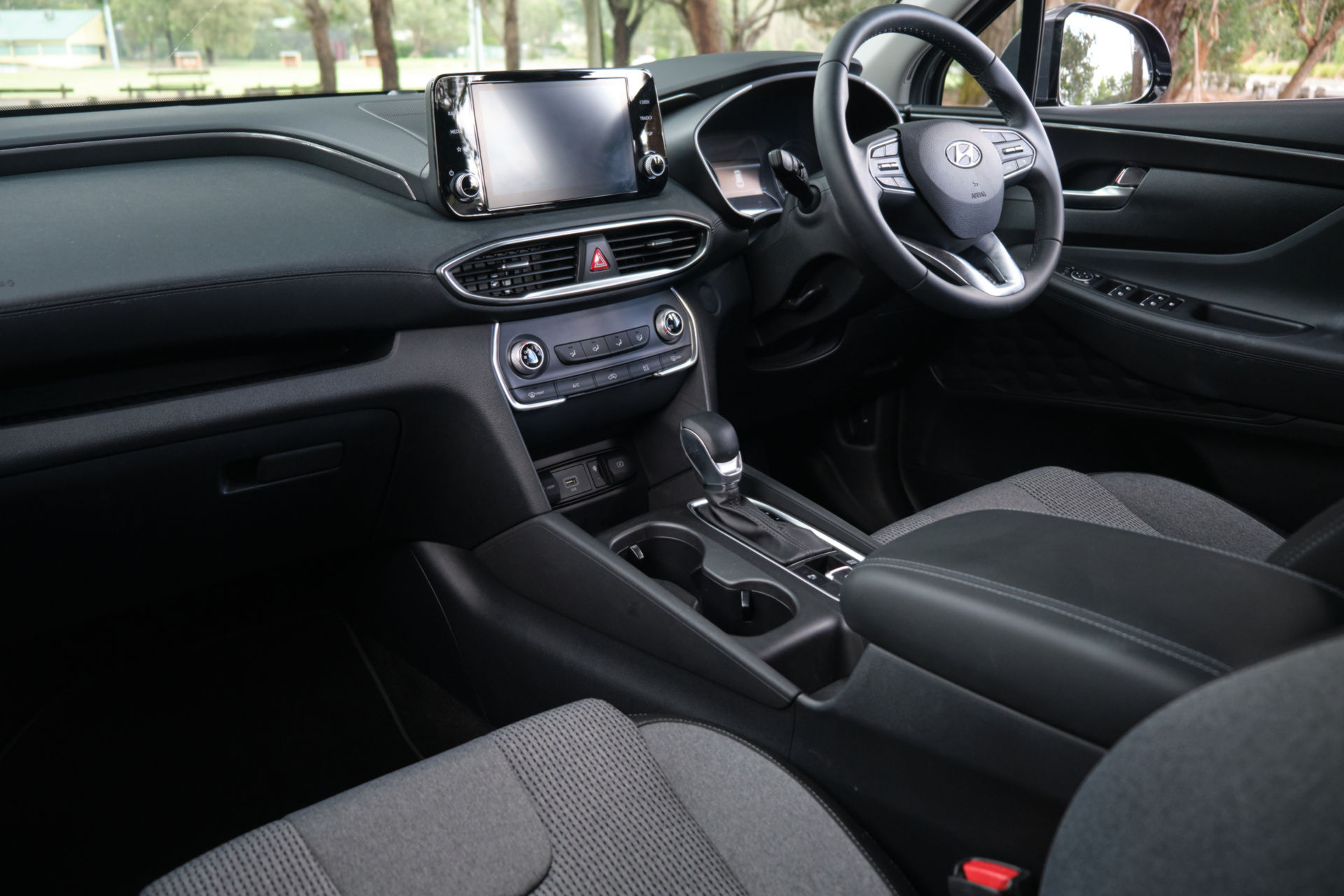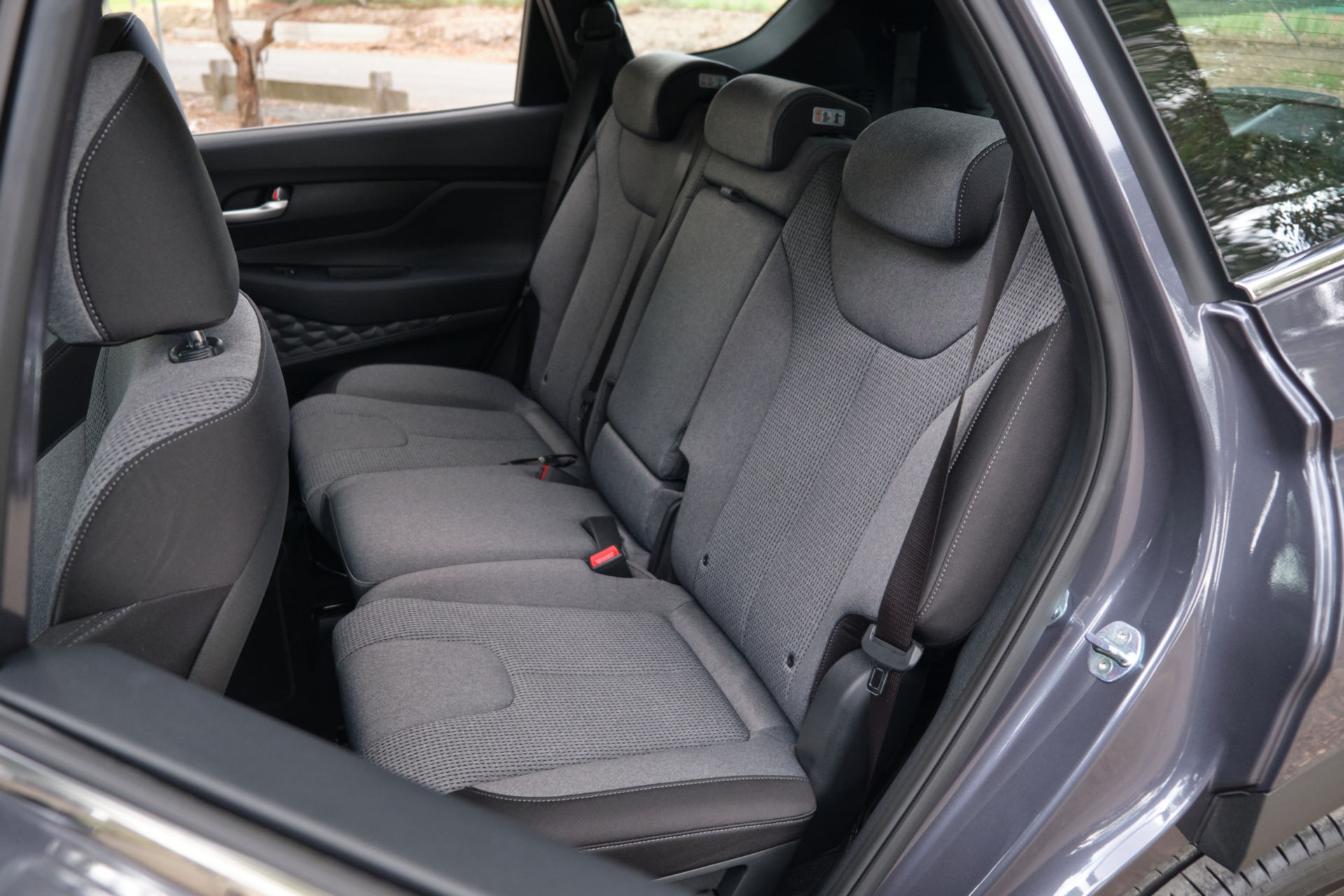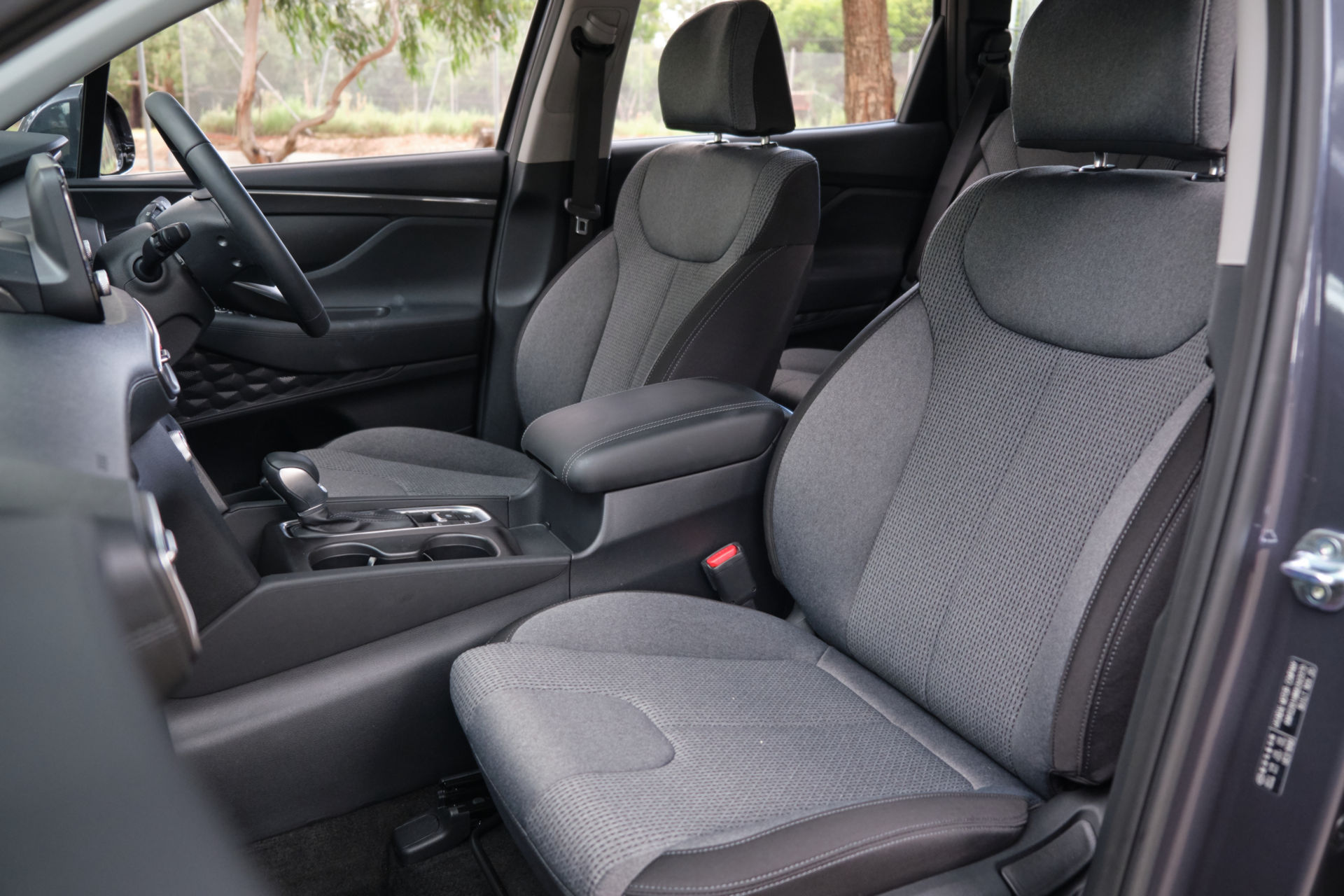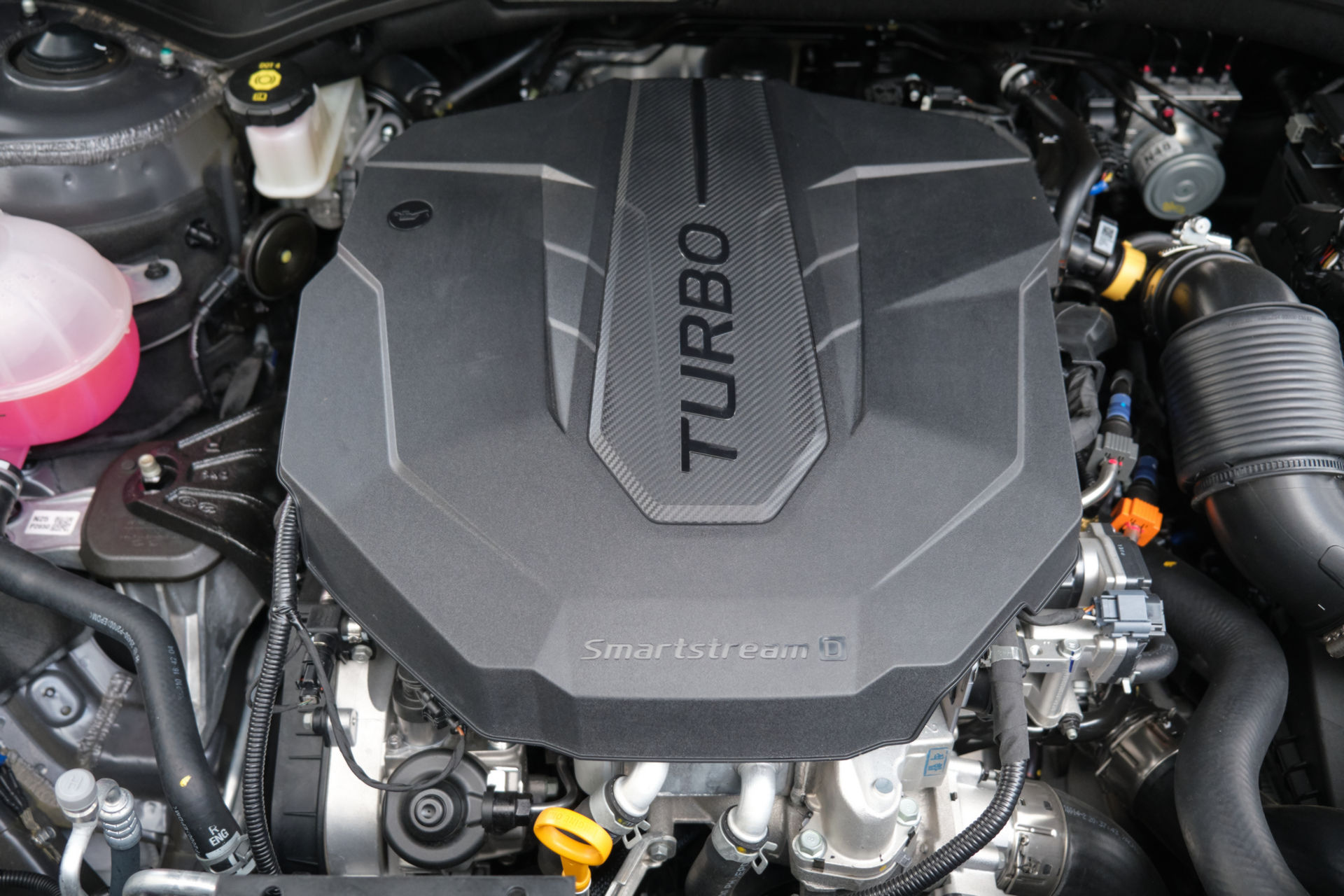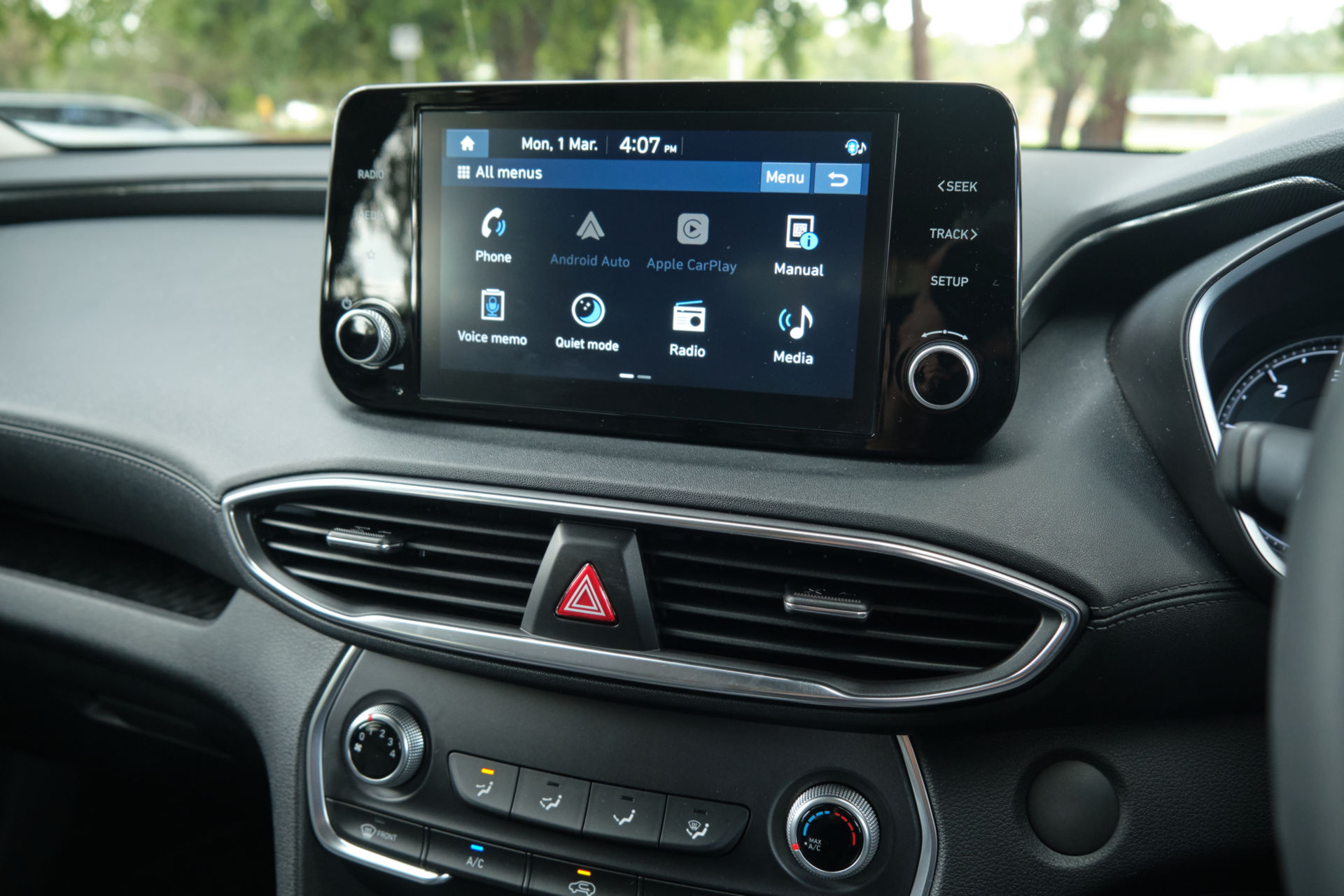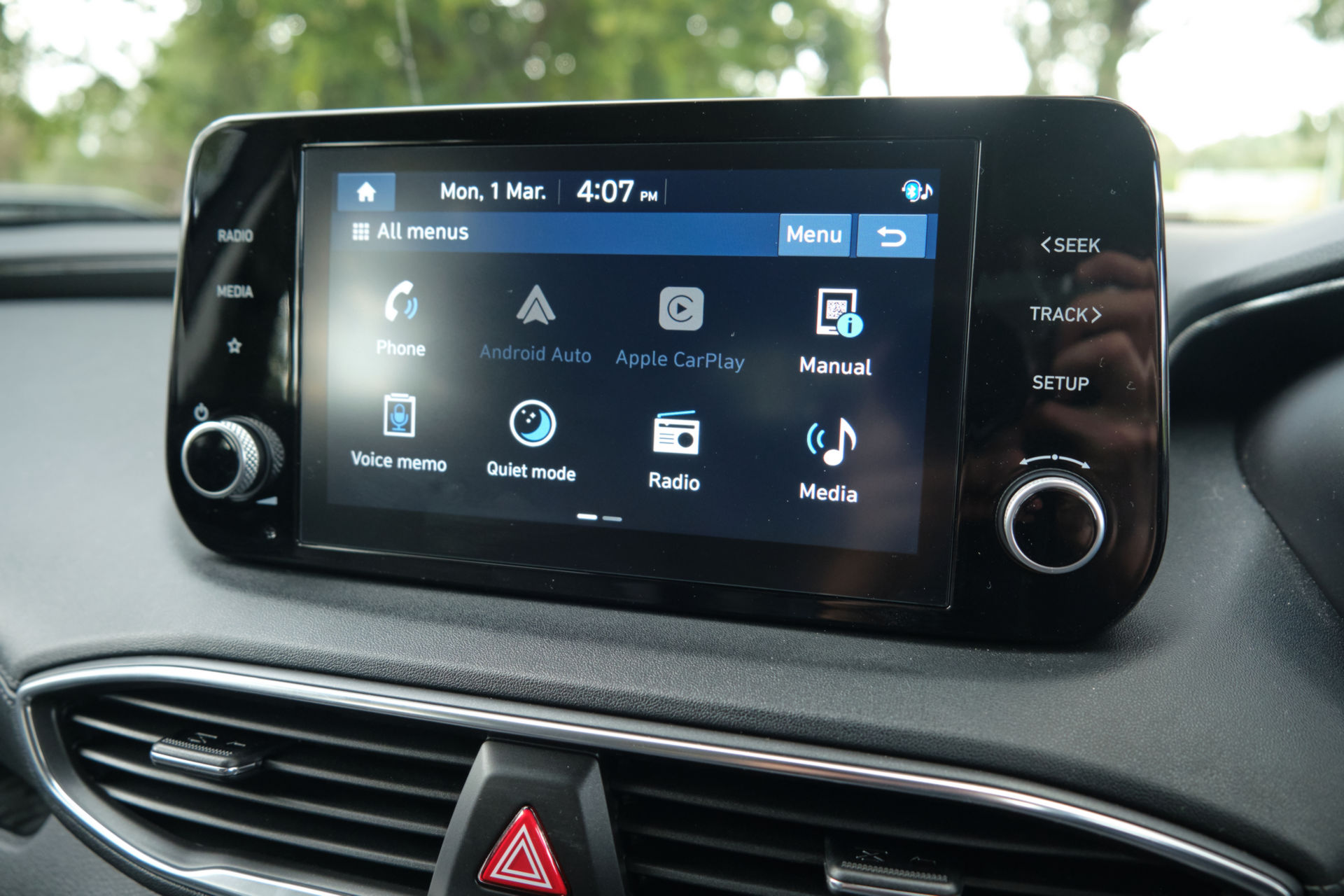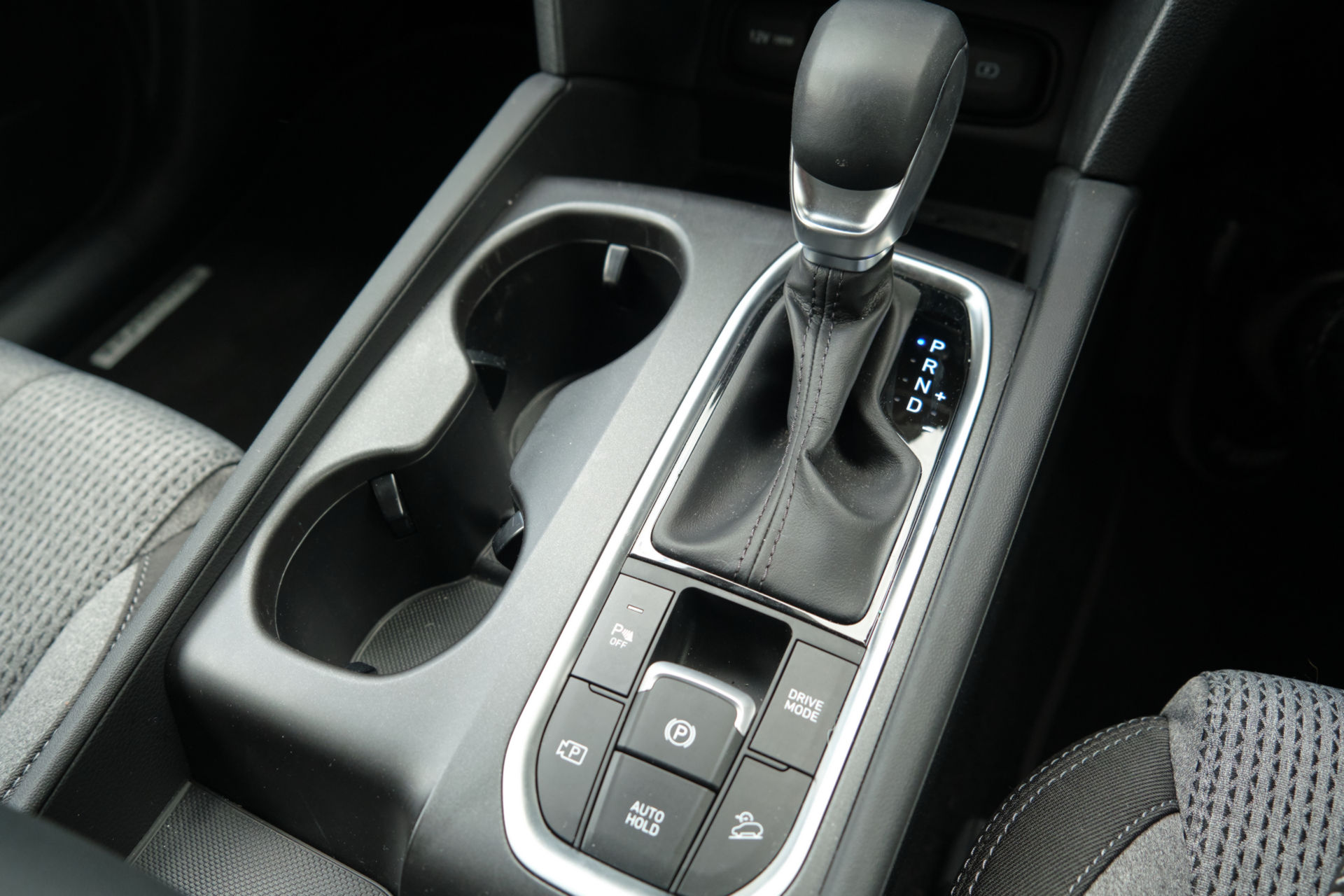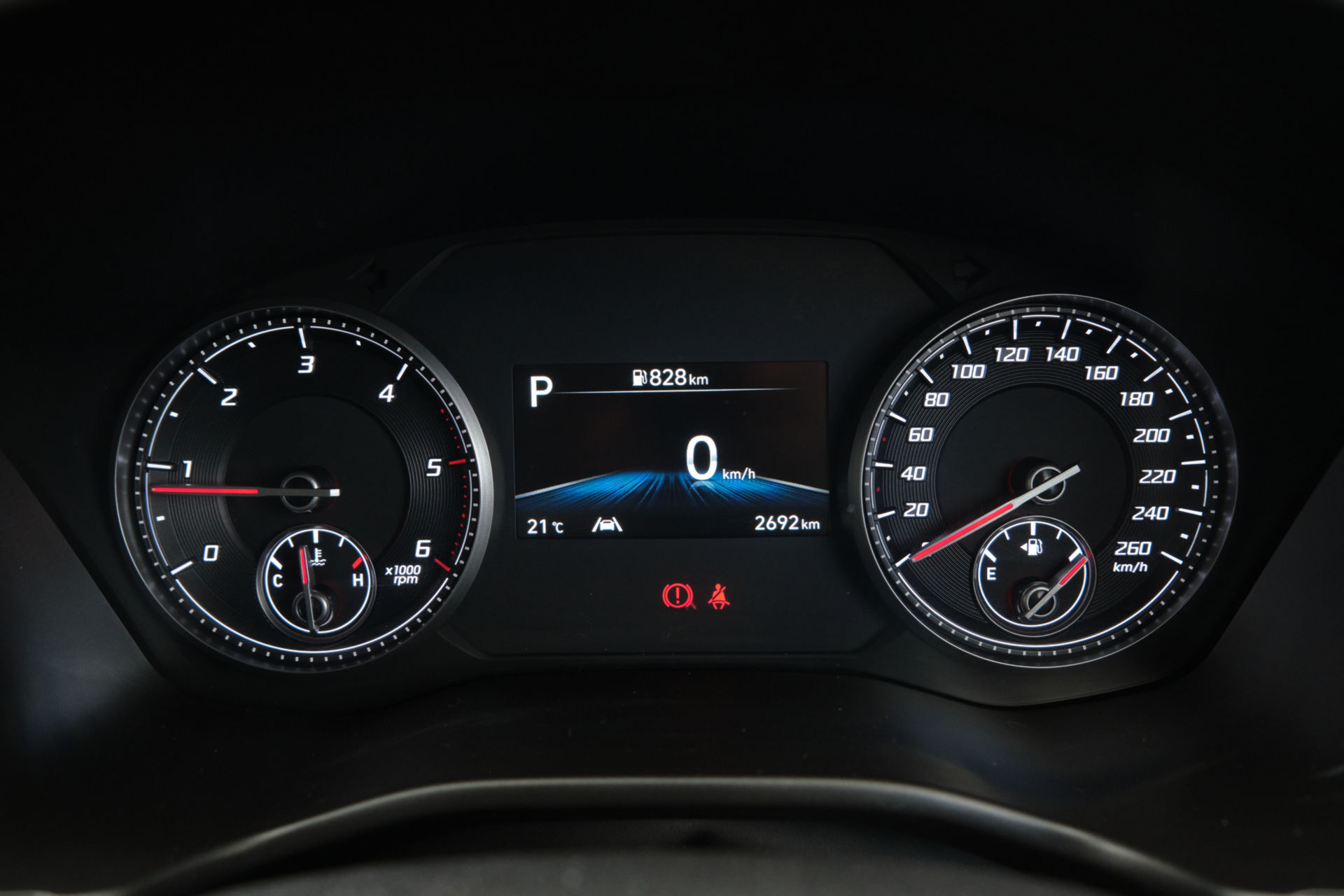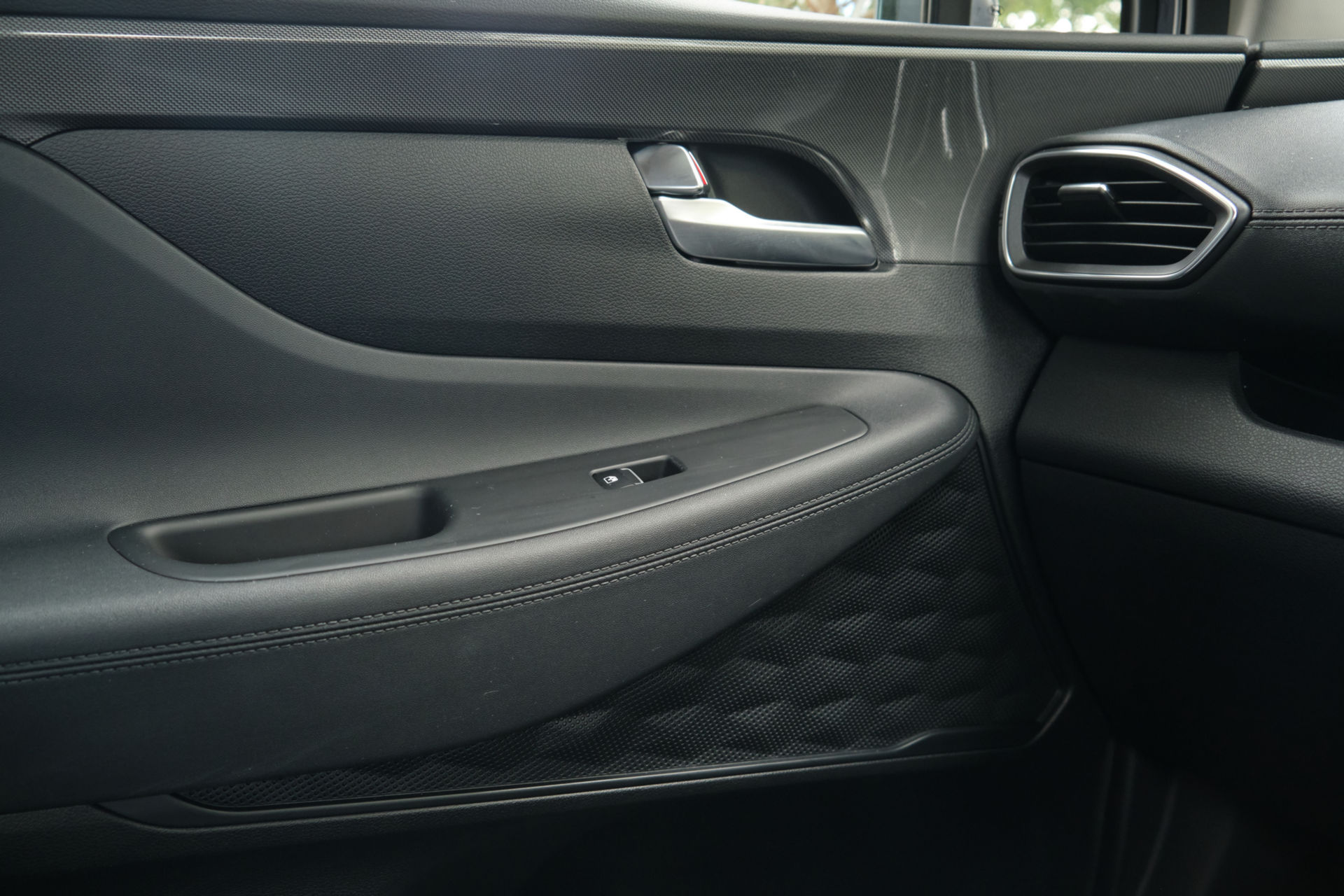You don’t need us to tell you that Hyundai has been on a roll in recent years with its new vehicles. In mid-2020, one of the staples of its range, the Santa Fe, was facelifted and updated in its fourth-generation guise.
However, this wasn’t an ordinary facelift as the 2021 Santa Fe is also based on Hyundai’s new third-generation vehicle platform. The automaker claims improvements for both safety and handling with this updated platform and based on our recent test of the SUV, we can confirm that handling has indeed been improved. The new Santa Fe has other things going for it too.
Extensive Design Changes
Hyundai Australia sells four variants of the updated Santa Fe. These are the base model, simply referred to as the Santa Fe, as well as the Active, Elite, and Highlander. We tested the base model with the available 2.2-liter diesel CRDi four-cylinder that Hyundai has been using for a number of years now.
Approaching the new Santa Fe, the first thing that strikes you is the updated front end. Like the Kona, the facelifted Santa Fe has split headlights as well as split T-shaped LED daytime running lights, making it instantly stand out from the previous model. Hyundai’s designers have also crafted a new grille.
Read More: 2021 Hyundai Santa Fe Launches In Australia With Two Engine Options
Other visual alterations have less noticeable but include tweaked taillights with a light bar and a reflector running the width of the rear.
No New Interior In The Base Model
In updating the Santa Fe, Hyundai also provided it with a new interior, topped off by a redesigned dashboard and center stack inspired by that of the larger Palisade. In pictures and on video it looks great but we’ve yet to actually try it out in the flesh. You see, rather than giving the base 2021 Santa Fe that we tested this new interior, Hyundai instead decided to equip it with the same cabin as the pre-facelift model. This means the new dashboard and center stack only comes with the Active, Elite, and Highlander models.
This is a crying shame because this interior is starting to feel a little dated compared to some other Hyundai models. For example, it features an 8-inch infotainment system and while the resolution of the screen is good and it is also quite responsive, it doesn’t feature Hyundai’s latest infotainment system. In fact, it’s the same software you’ll find in an i30 from a few years ago and is crying out for an update, particularly since the Active, Elite, and Highlander models do run Hyundai’s latest software suite. Apple CarPlay and Android Auto are the saving grace of the infotainment.
While the interior does feel a little outdated, it is very functional and all of the key functions are easy to understand. Key features include a wireless charging pad, a leather-appointed steering wheel and gearknob, a 4.2-inch color display in the center of the instrument cluster, an electronic parking brake, tire pressure monitoring system, and 2 USB ports in the 2nd row.
Our base model came equipped with grey cloth seats that were comfortable and supportive. The material itself was a little scratchy, so much so that when driving over bumps, the cloth on the rear seats could be heard rubbing against each other.
A Smooth And Refined Powertrain
In Australia, the 2.2-liter CRDi diesel four-cylinder is much more popular than the 3.5-liter petrol V6 and even though Hyundai has been building this same basic engine for many years now, it has been updated and refined for the facelifted Santa Fe.
Pumping out 148 kW (198 hp) at 3,800 rpm and (324 lb-ft) 440 Nm of torque between 1,750 rpm and 2,750 rpm, the 2.2-liter diesel feels more than up for the task at hustling the Santa Fe with impressive pace. This engine is also used by the latest-generation Kia Sorento and is also very quiet, free of any of those truck-like sounds that you may associate with diesels of yesteryear.
Key to the updated 2021 Santa Fe’s diesel models is the inclusion of Hyundai’s new dual-clutch eight-speed transmission that replaces the old torque converter automatic. While the new gearbox does have some hesitation at slow speeds, as is so often the case with dual-clutch transmissions, it does make the updated SUV feel a touch brisker in a straight line and changes through the gears quickly and with very little fuss.
As mentioned, Hyundai’s original press blurb for the 2021 Santa Fe claims that the new platform results in more agile handling. We’re happy to report that this is true. Turn-in is very precise and the front-end certainly feels lighter than the older model. The steering feel is decent and gives you confidence in precisely placing the Santa Fe on the road.
The entry-level 2021 Hyundai Santa Fe comes with an impressive array of safety features as standard. These include Blind-Spot collision-avoidance assist, Driver Attention Warning, Forward Collision-Avoidance Assist, High Beam Assist, Lane Following Assist, Lane Keep Assist, Rear-Cross Traffic-Collision Avoidance Assist, Smart Cruise Control with Stop & Go, and Rear Occupant Alert. The Active and Elite variants also add Safe Exit Assist while the Highlander comes complete with a Blind-Spot View Monitor, Surround View Monitor, Remote Smart Parking Assist System, and Parking Collision-Avoidance Assist at the rear.
Although the 2021 Hyundai Santa Fe in its base trim does miss out on some of the key updates of higher-end models, it still represents a good value proposition at the AU$48,200 (US$37,277) starting price before on-road costs. It is even more affordable in the U.S. with a starting price of just $28,025.




